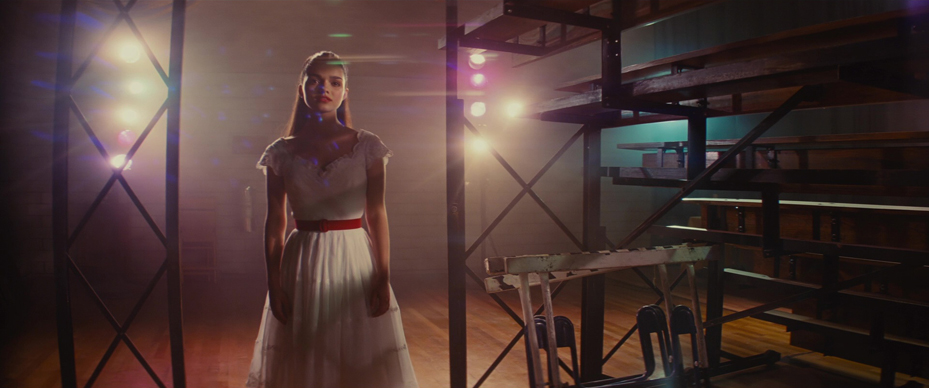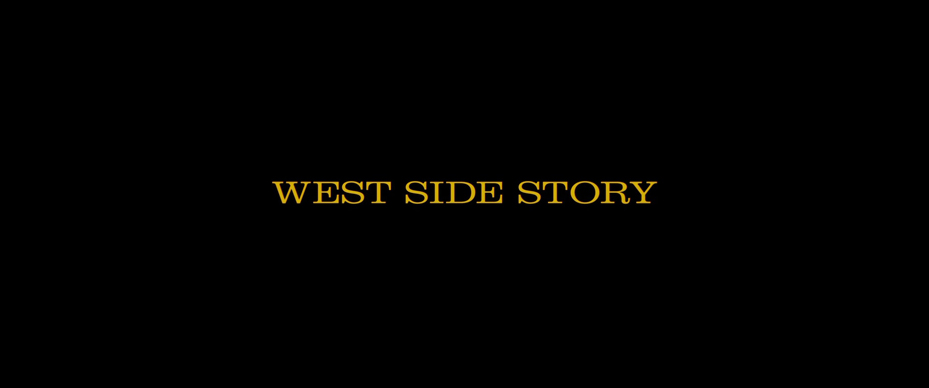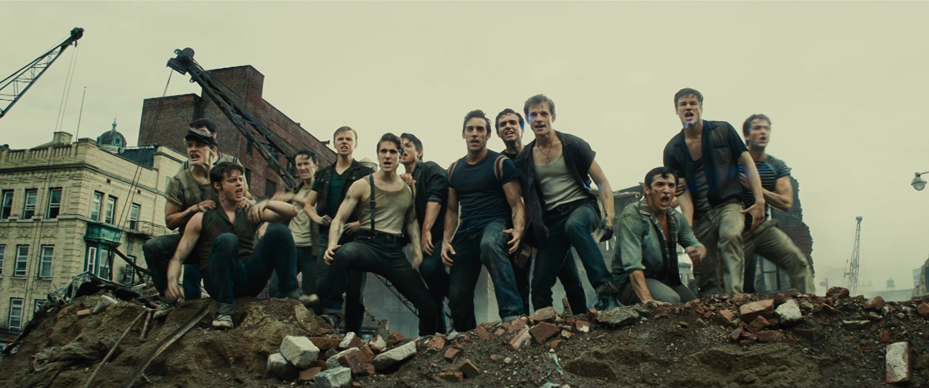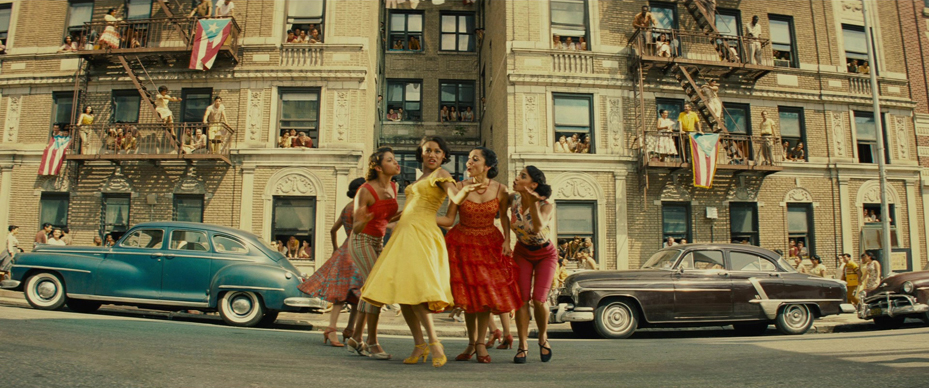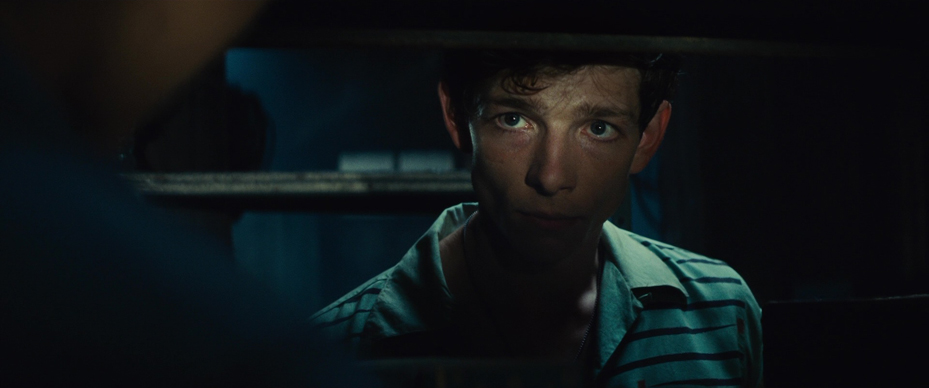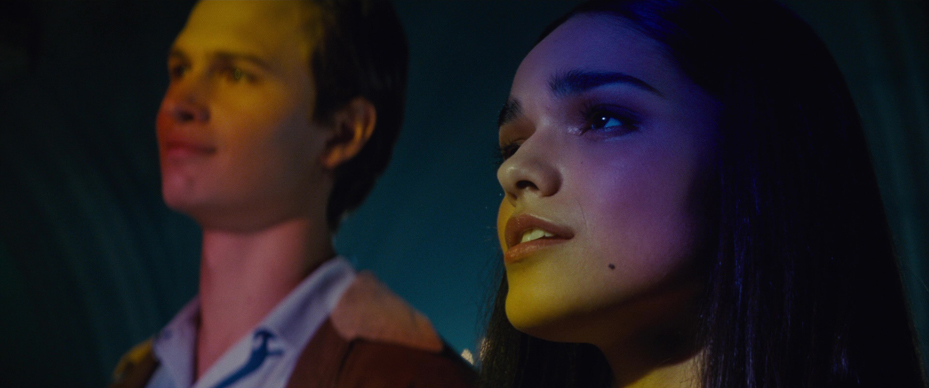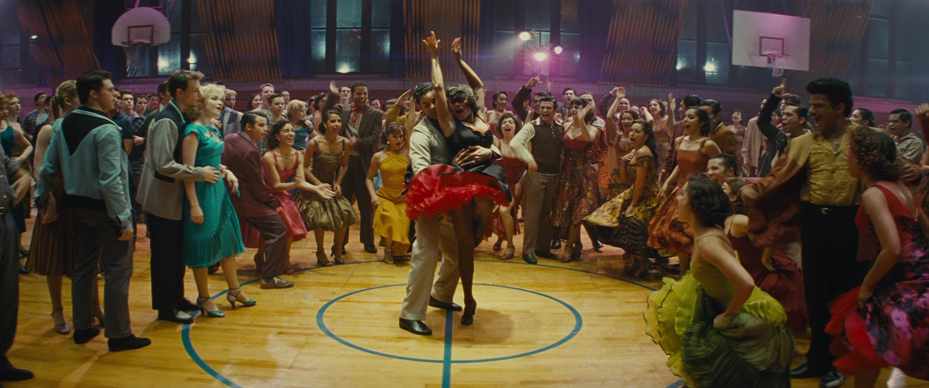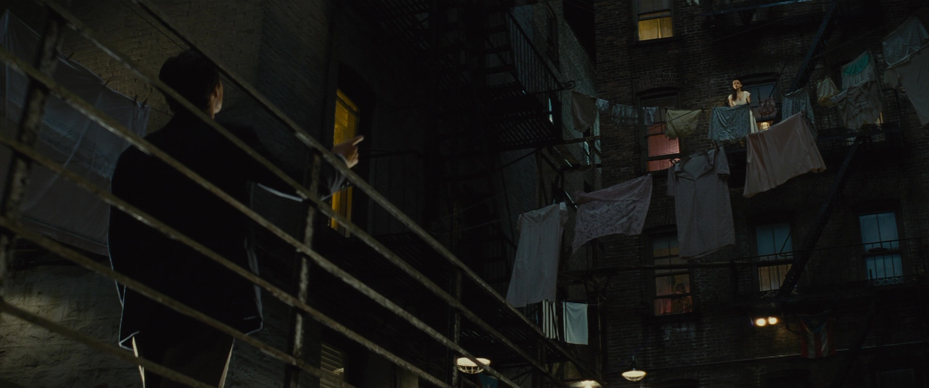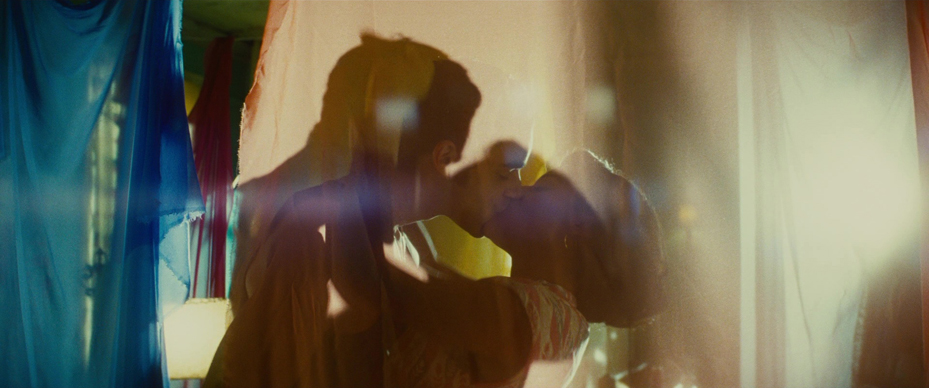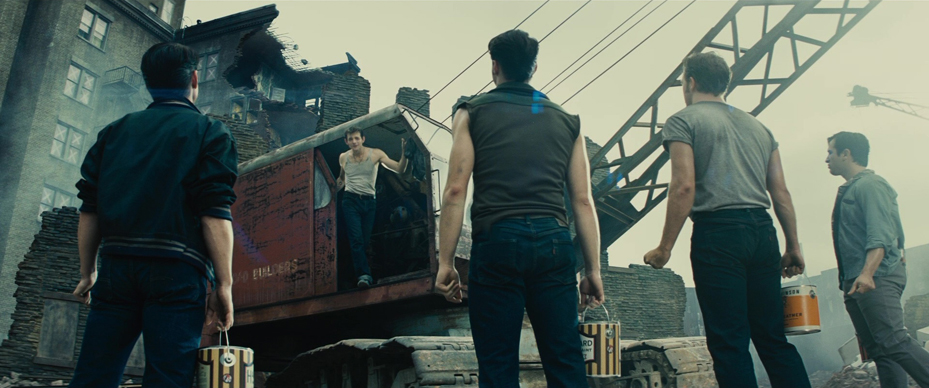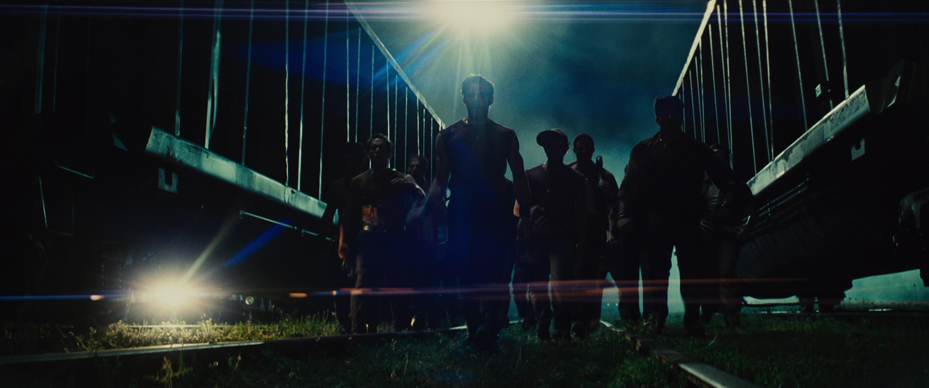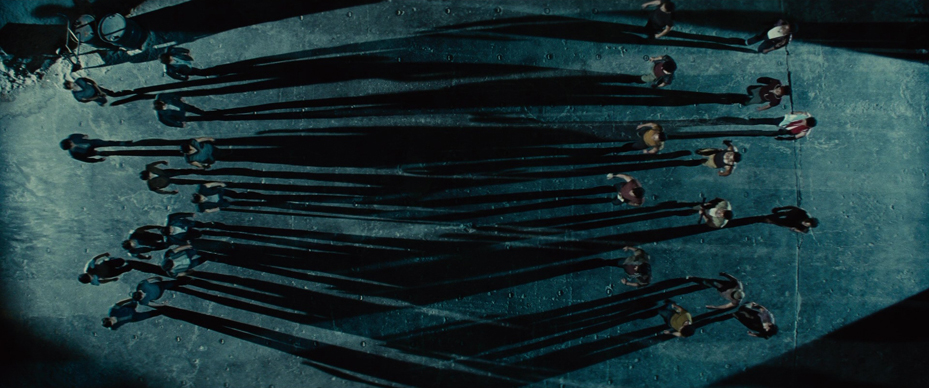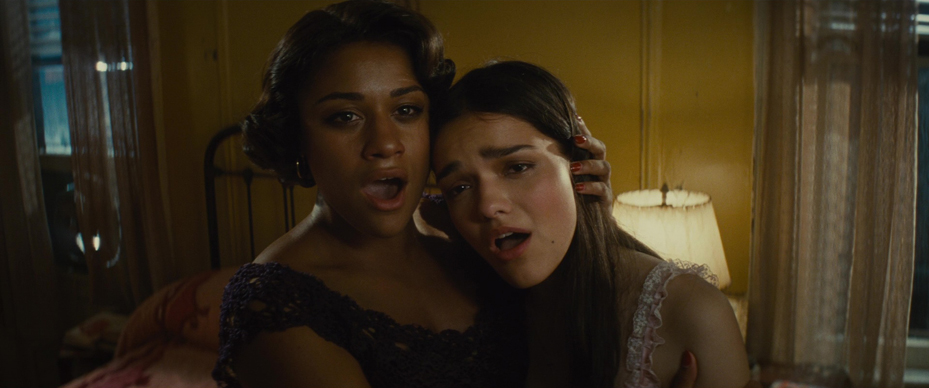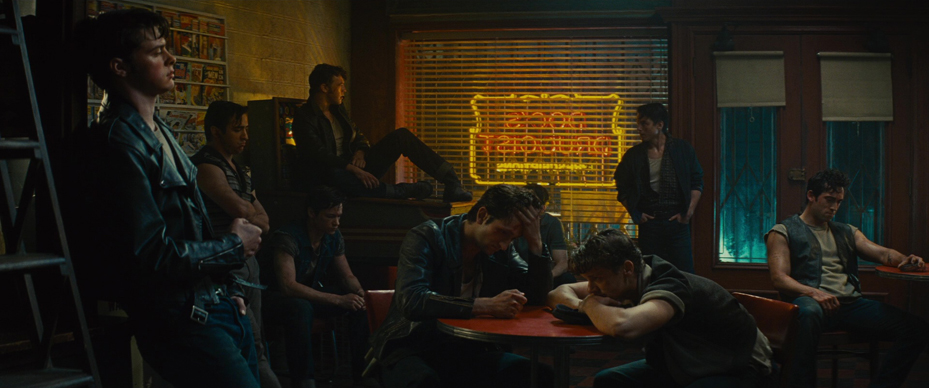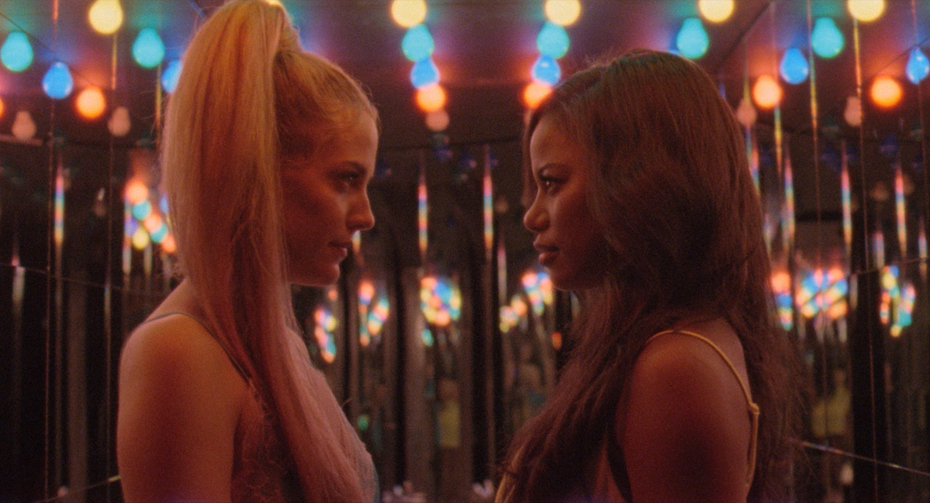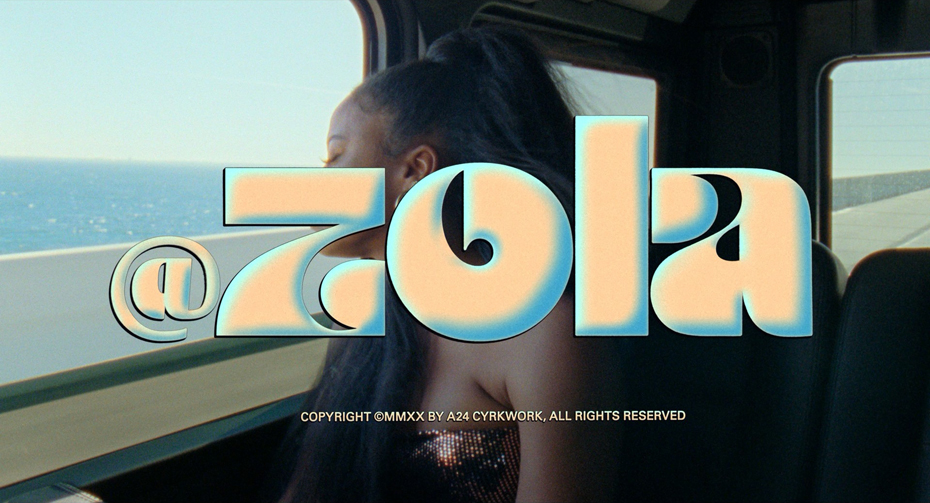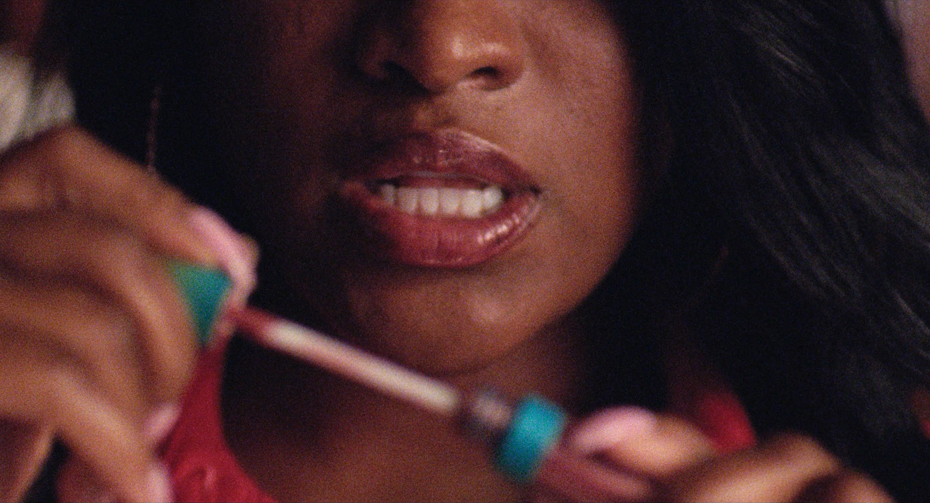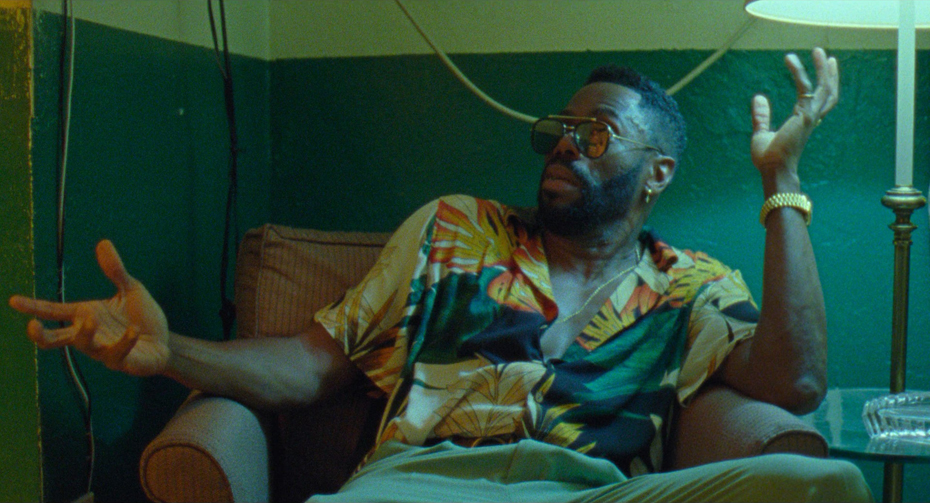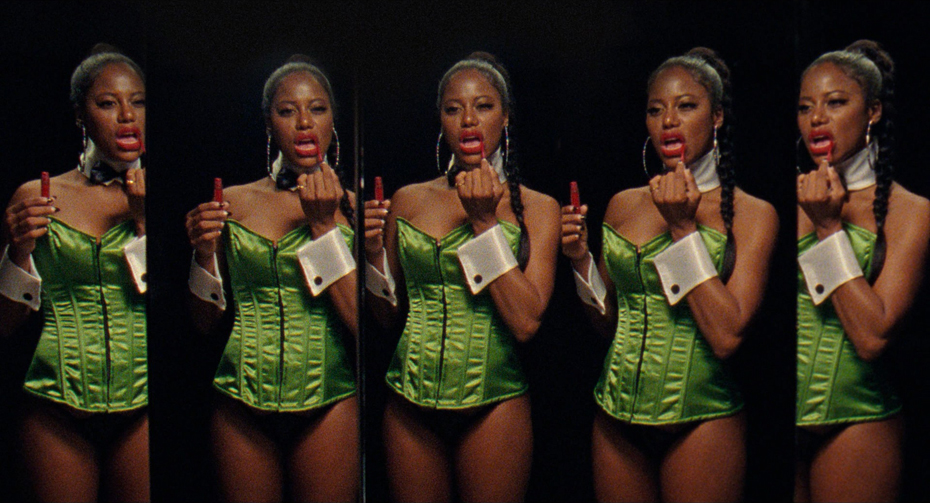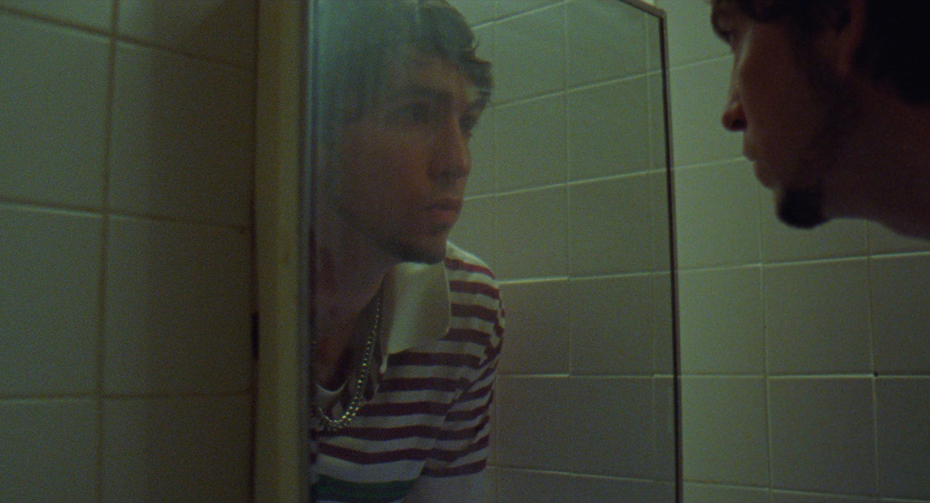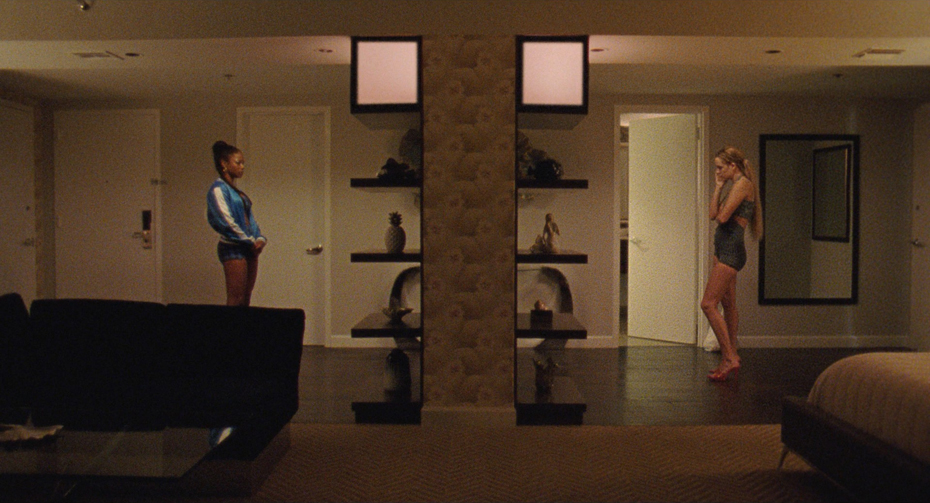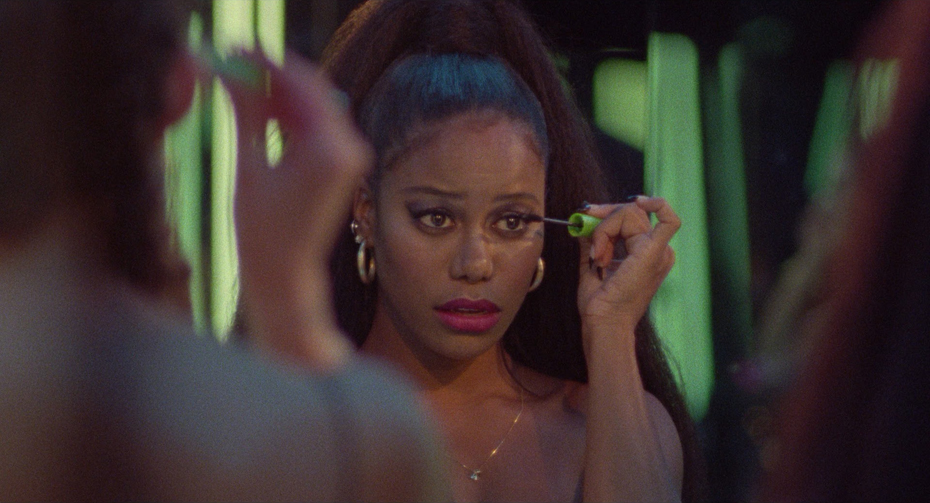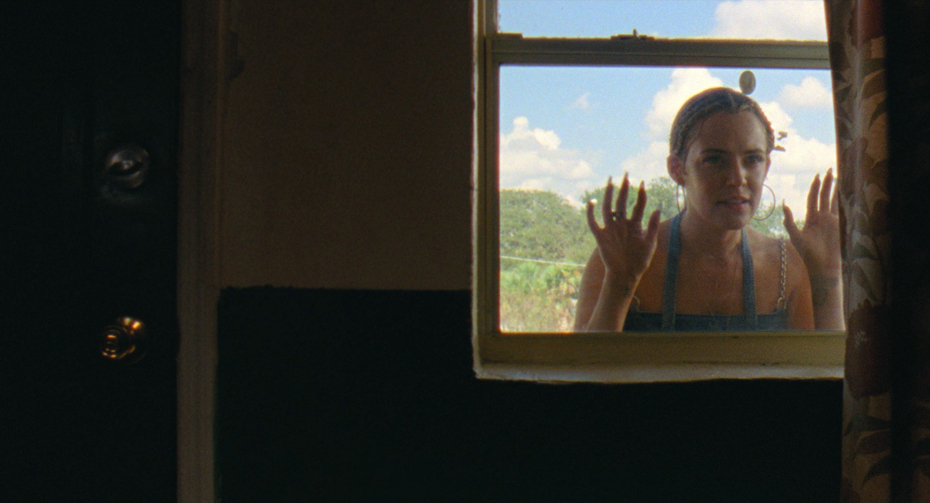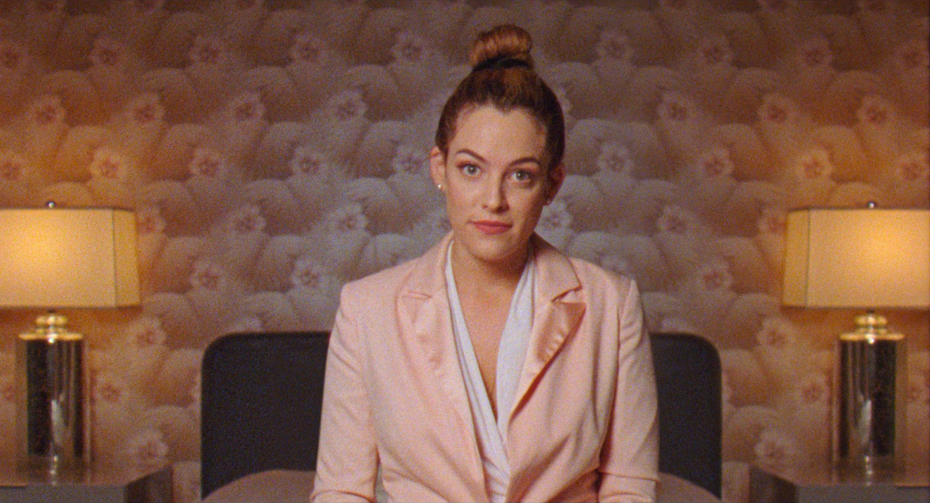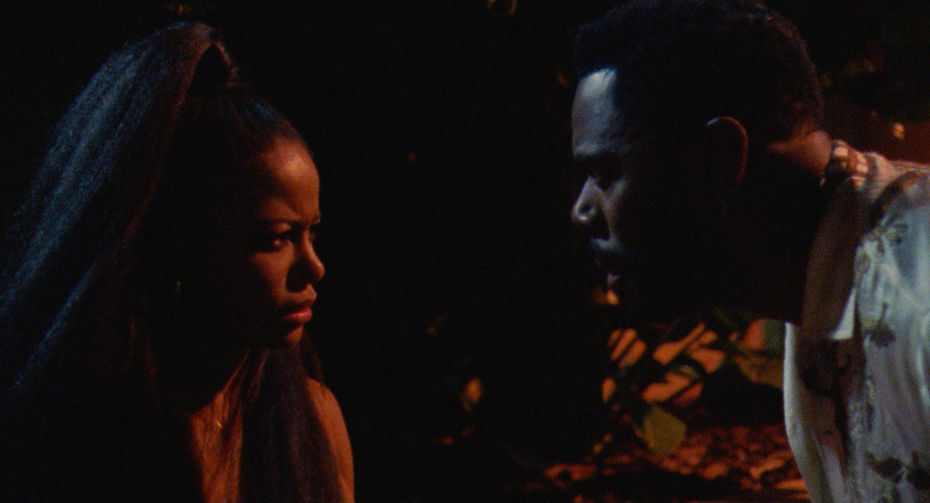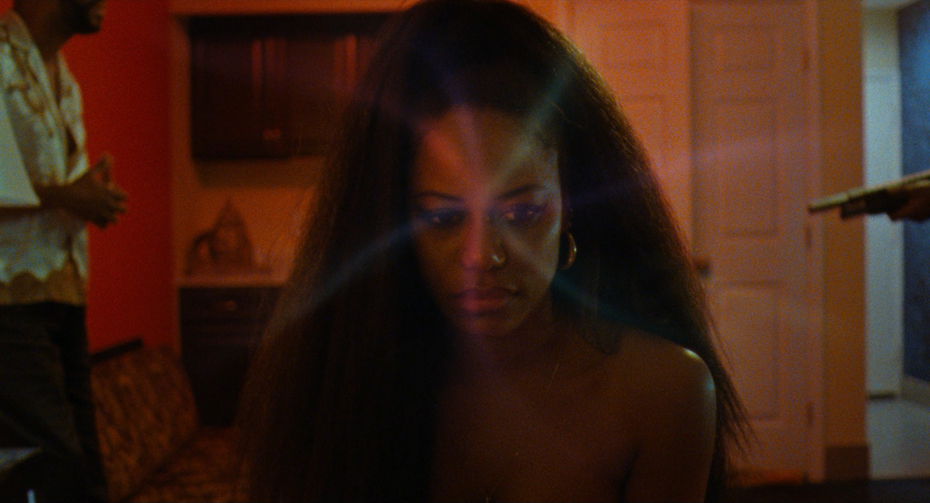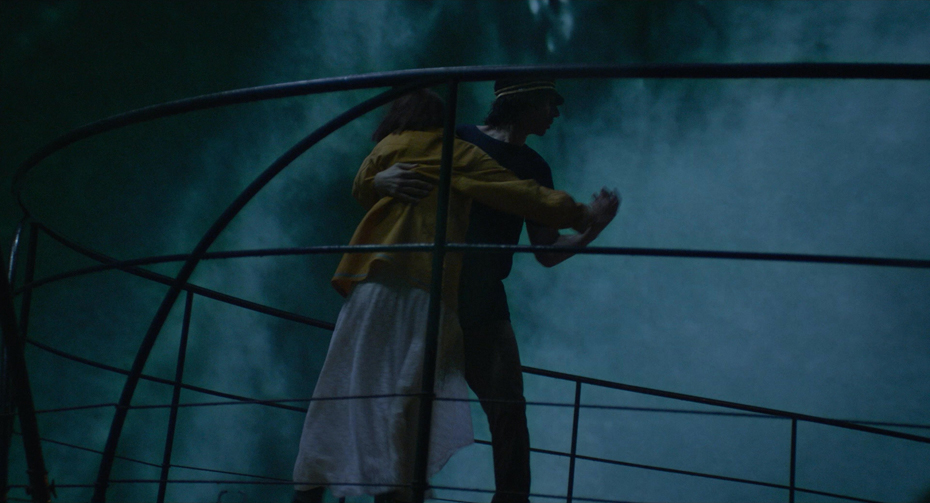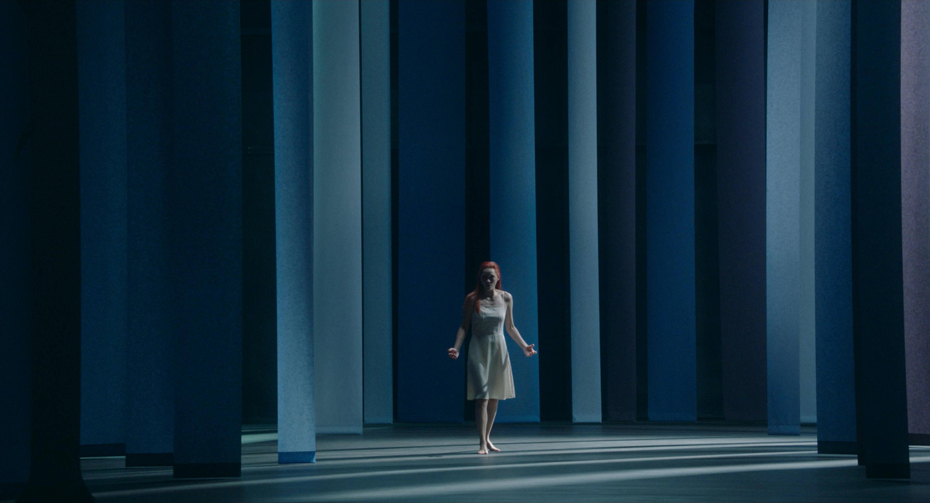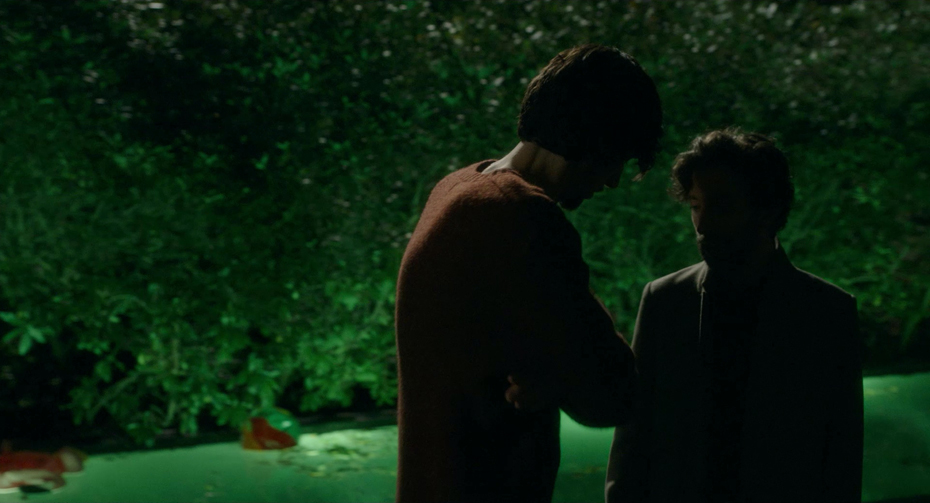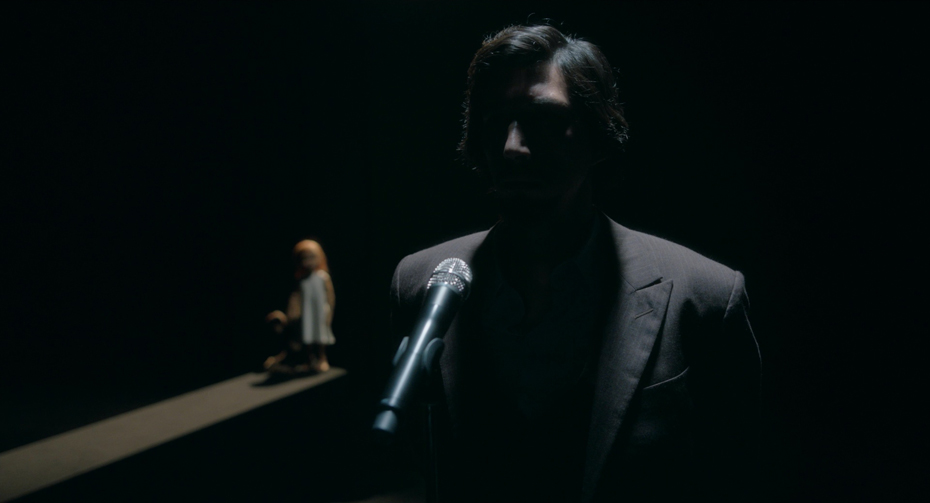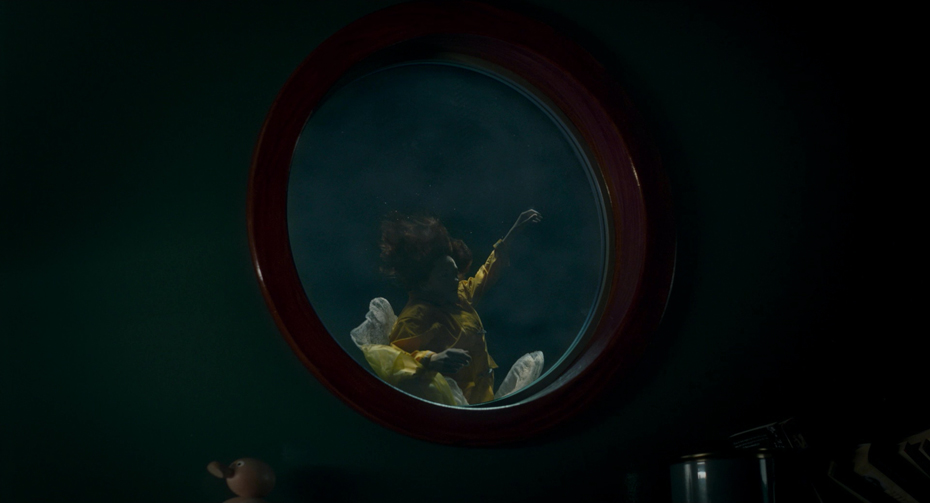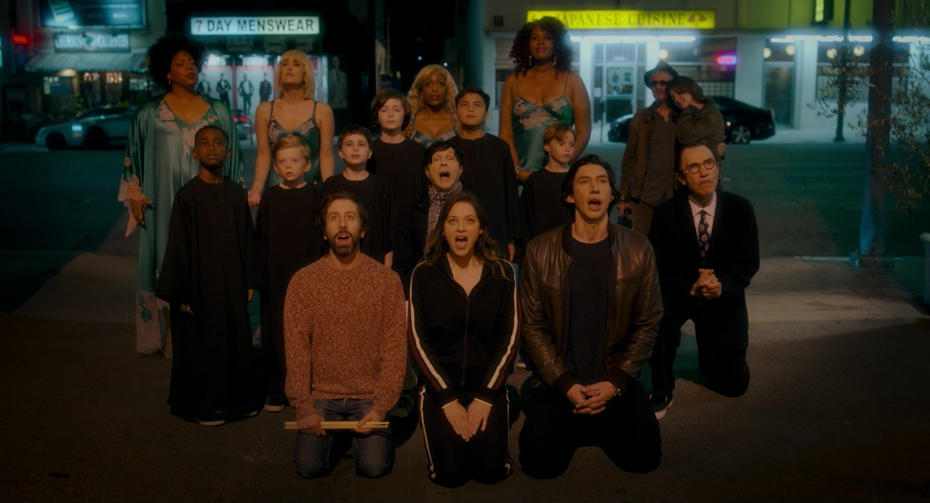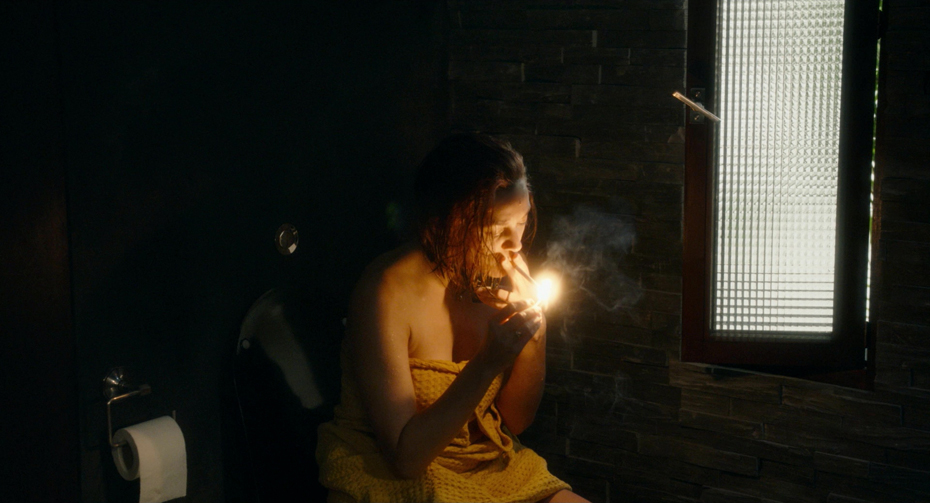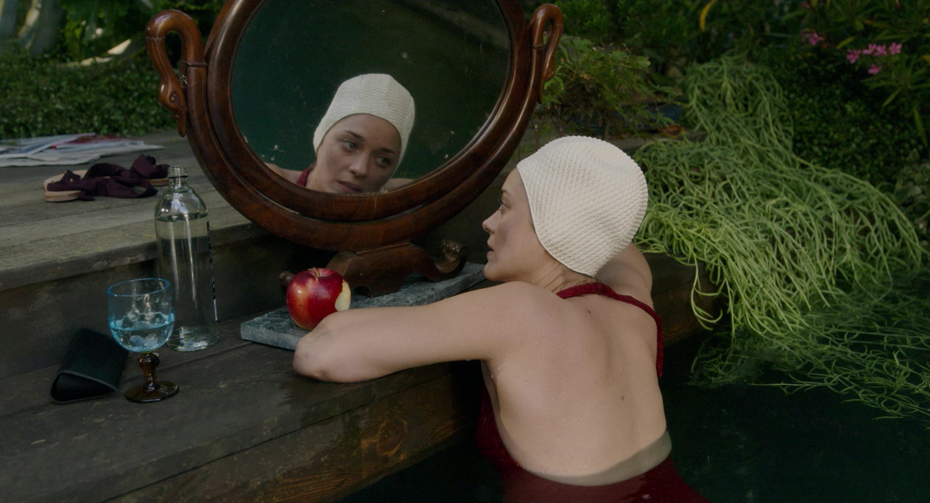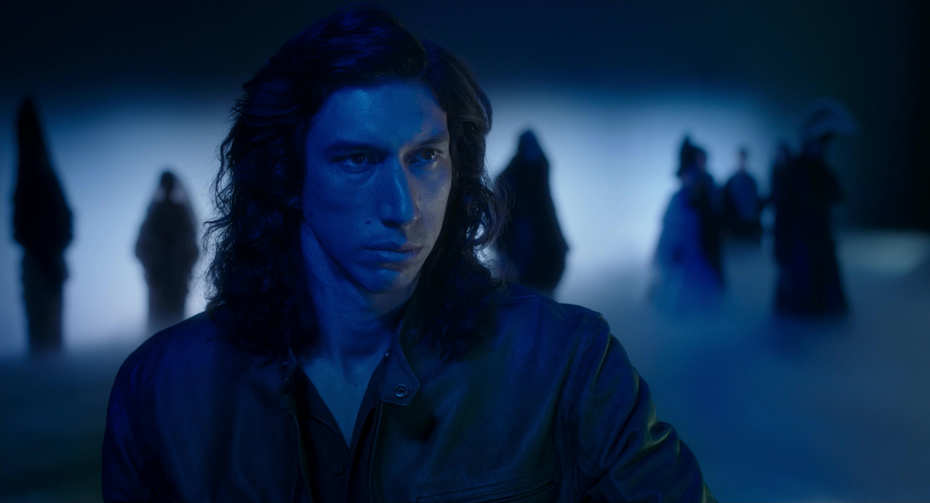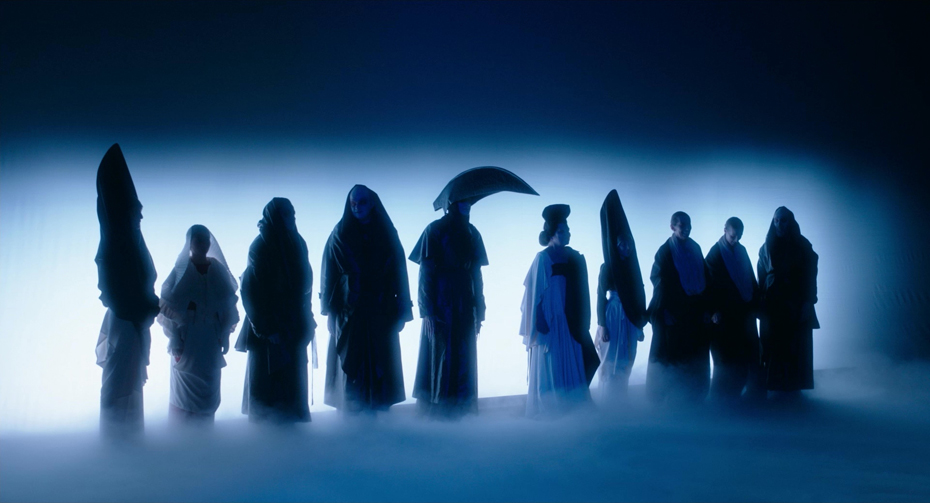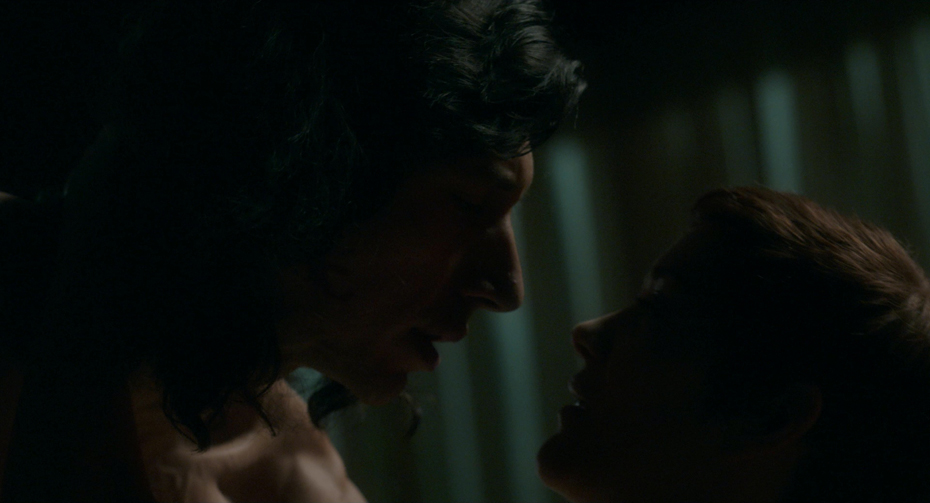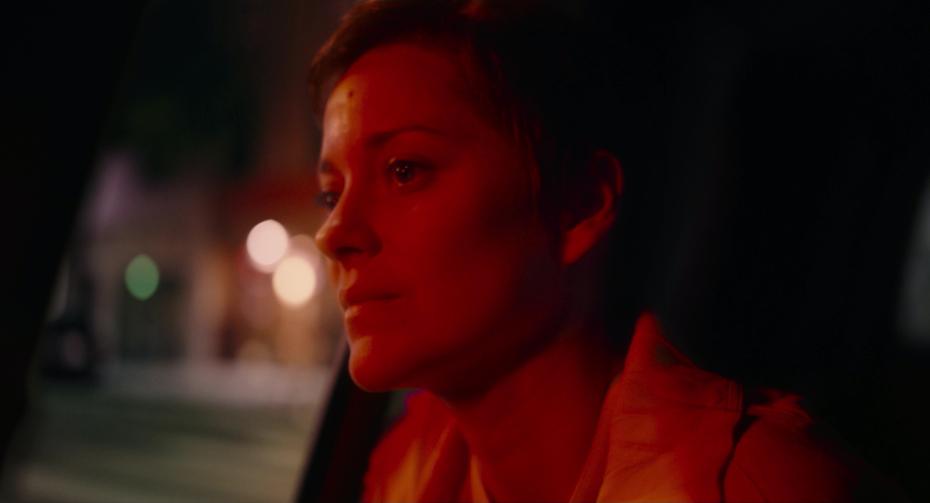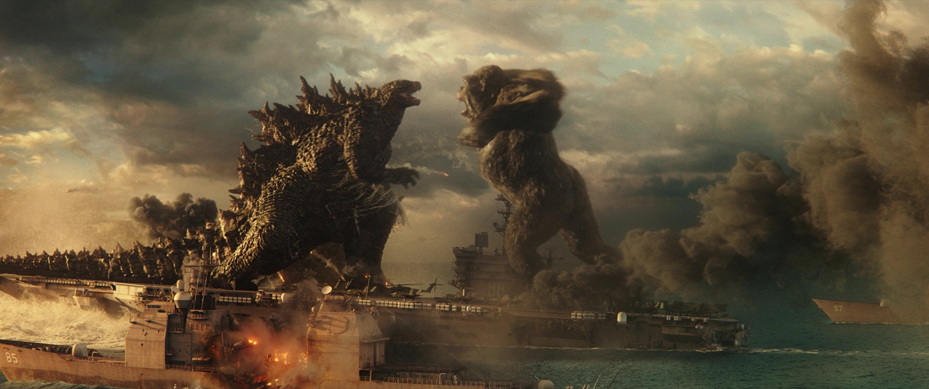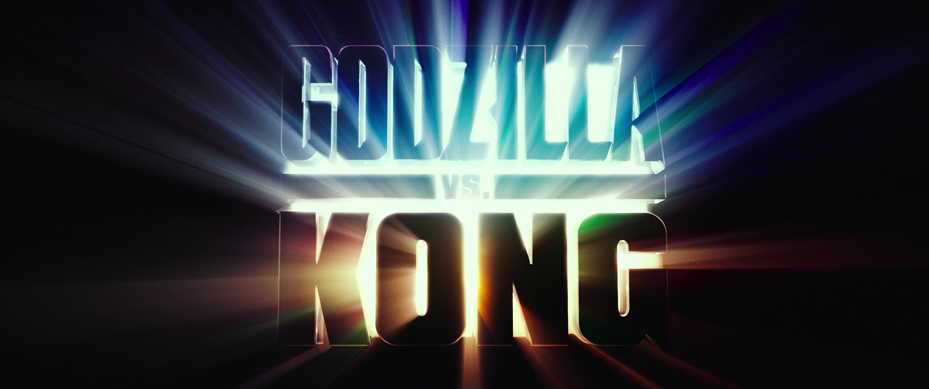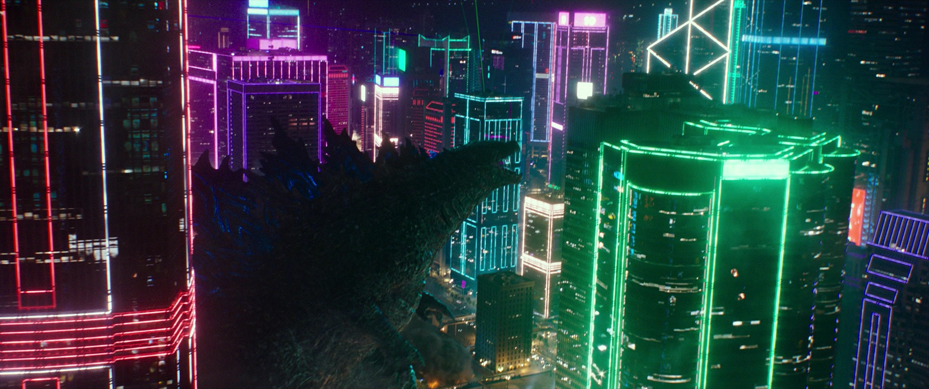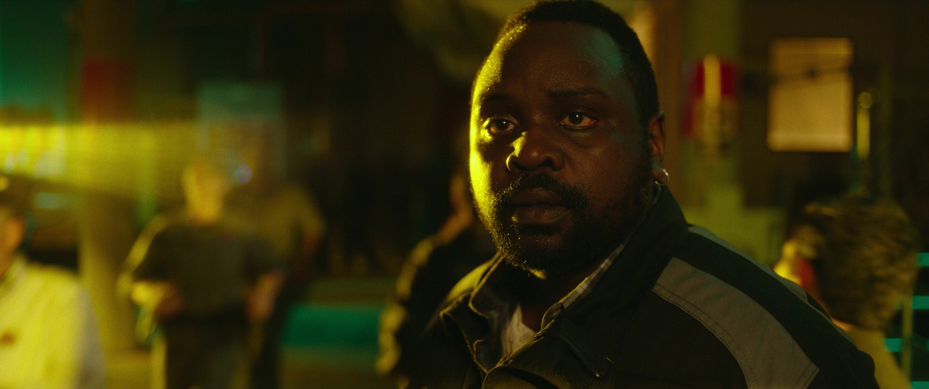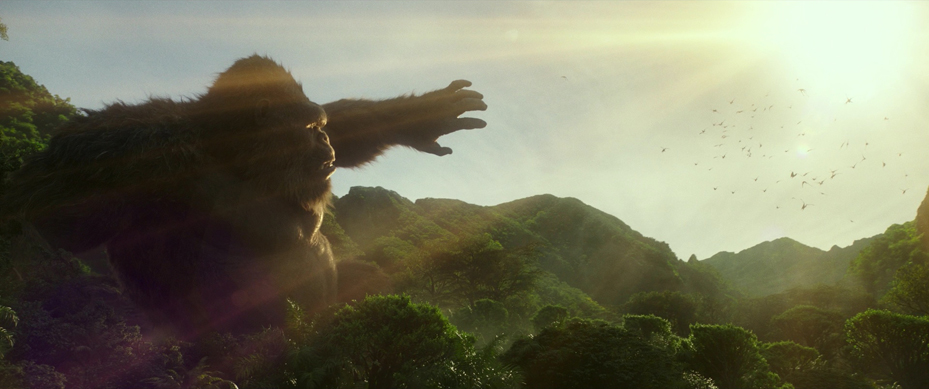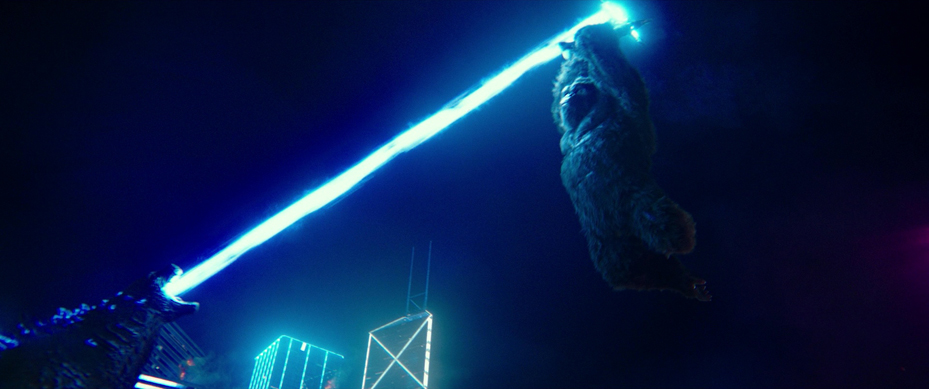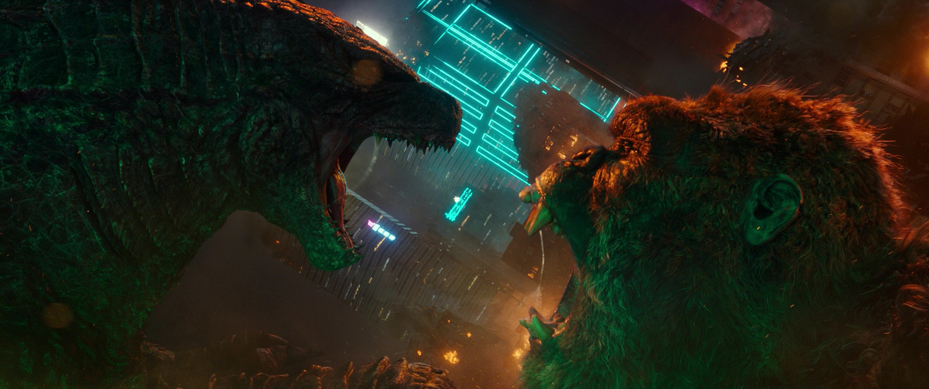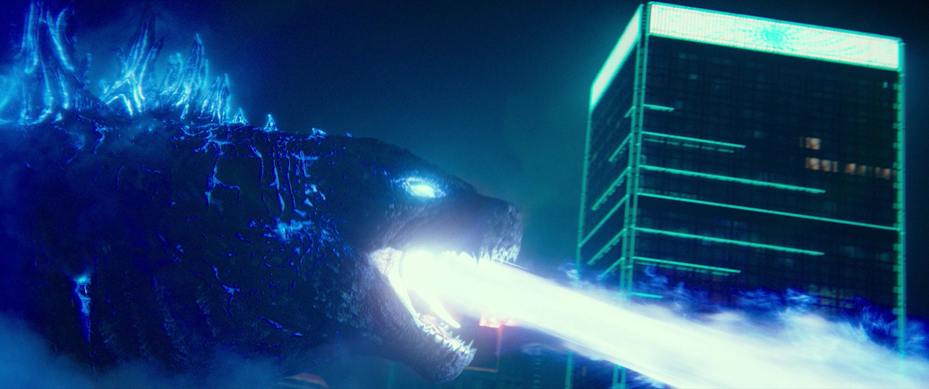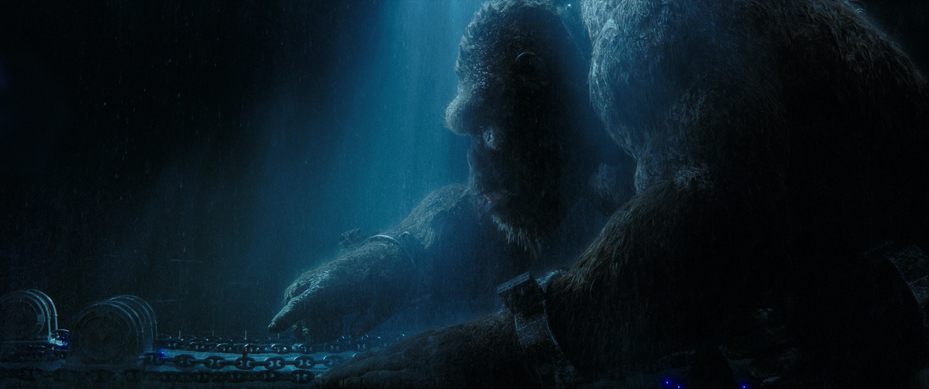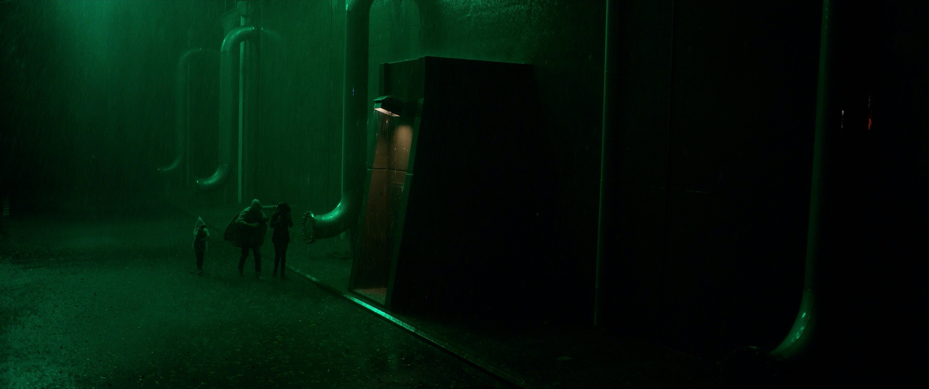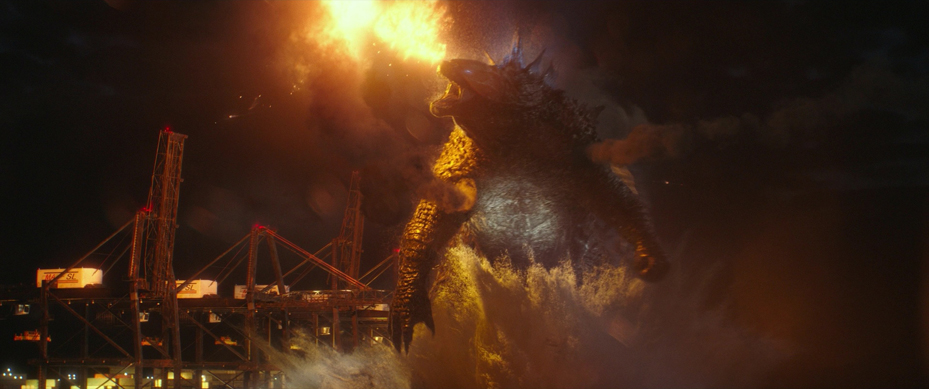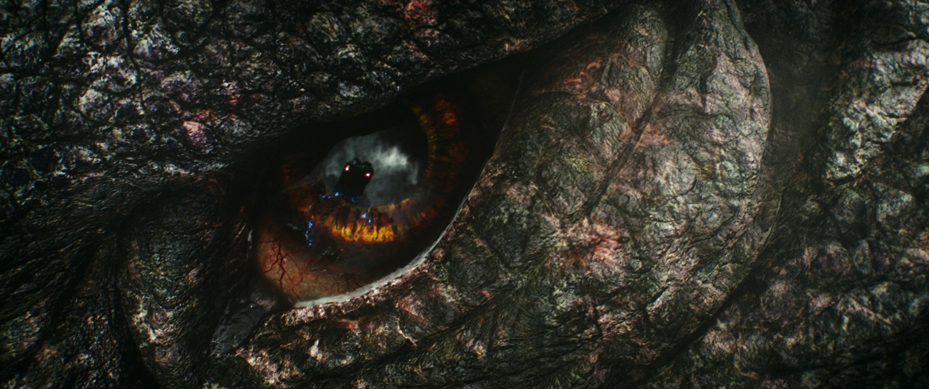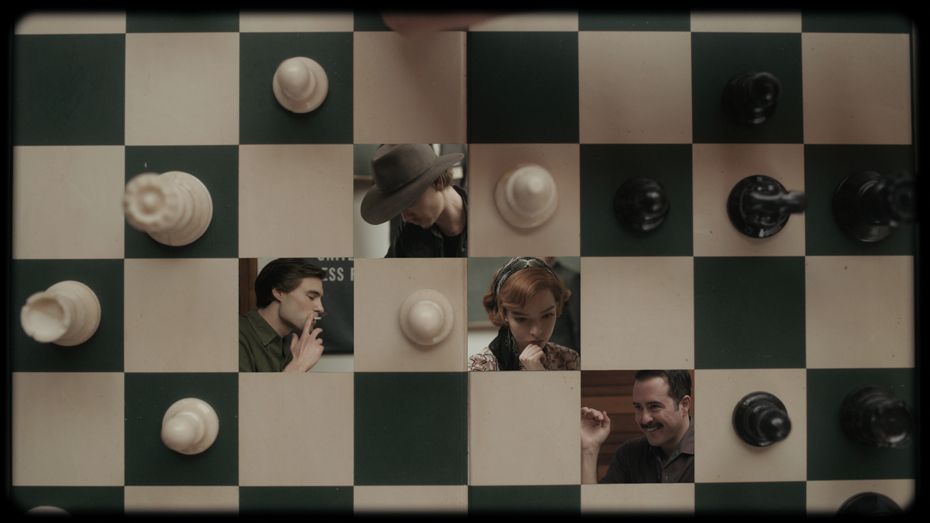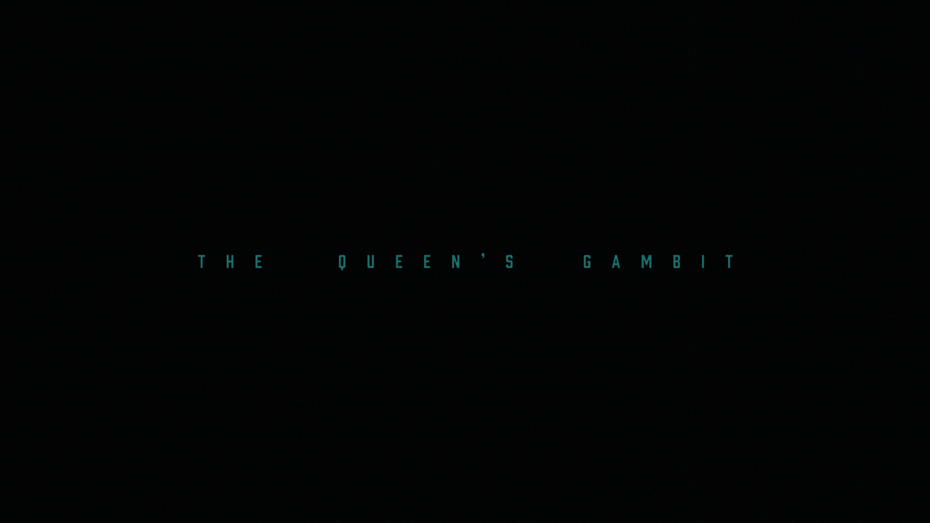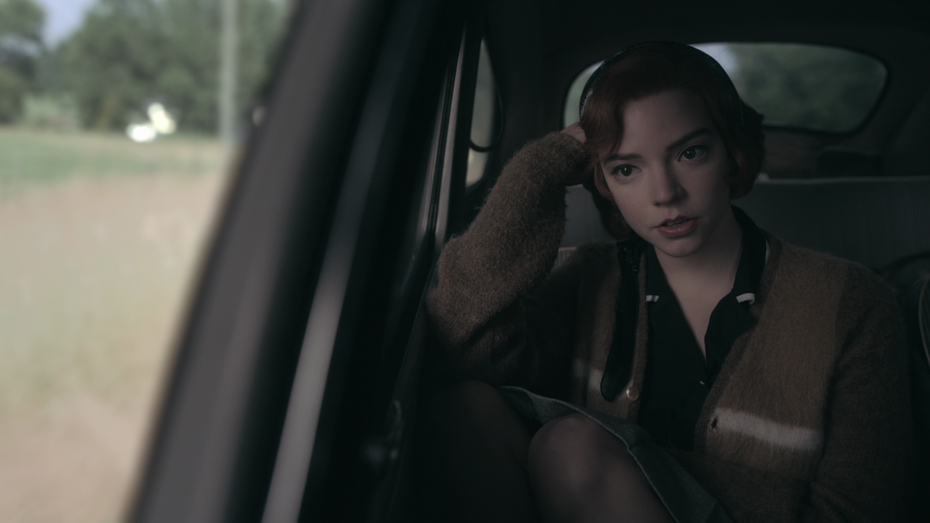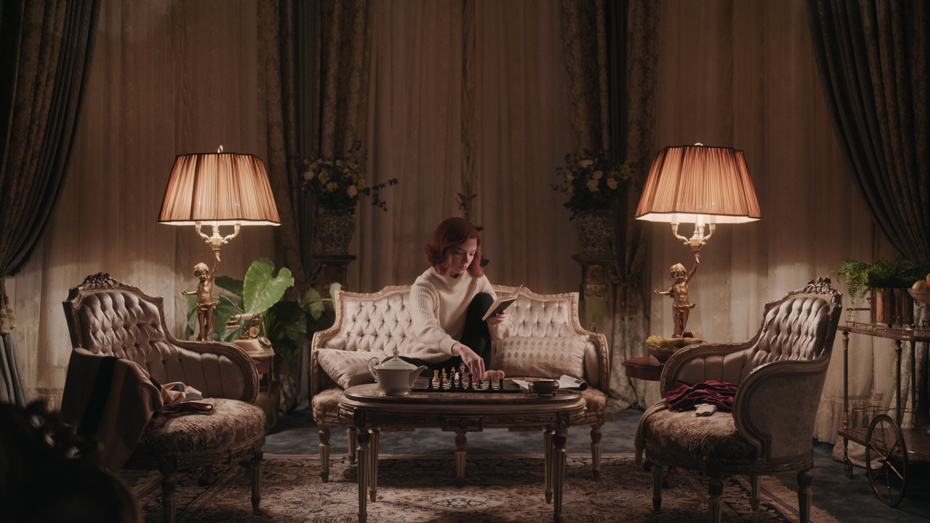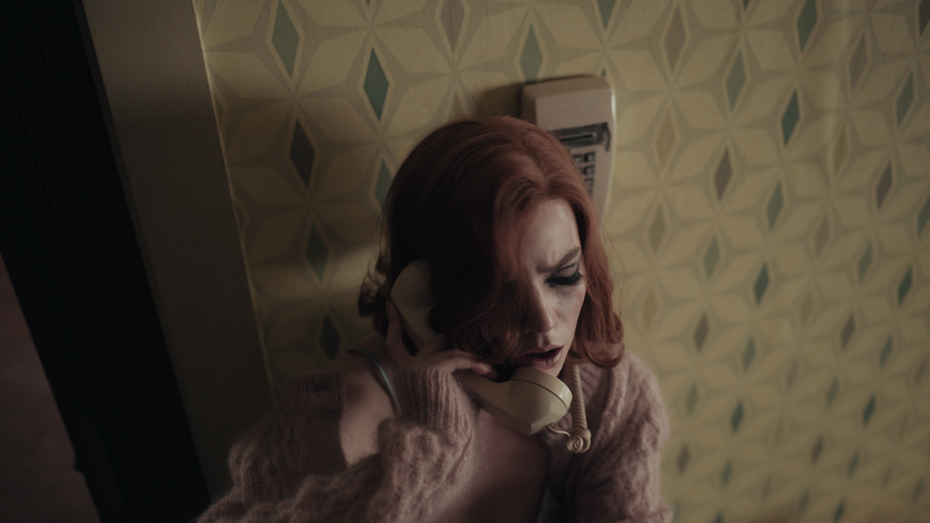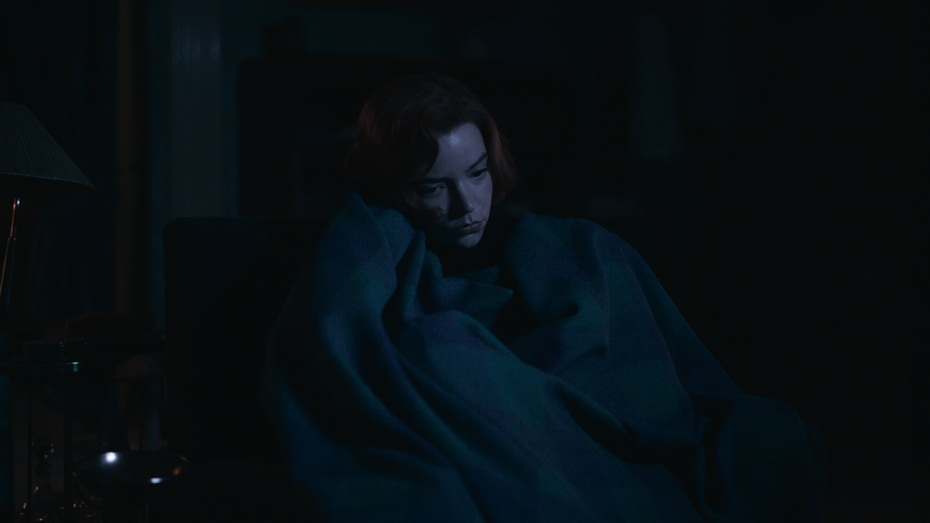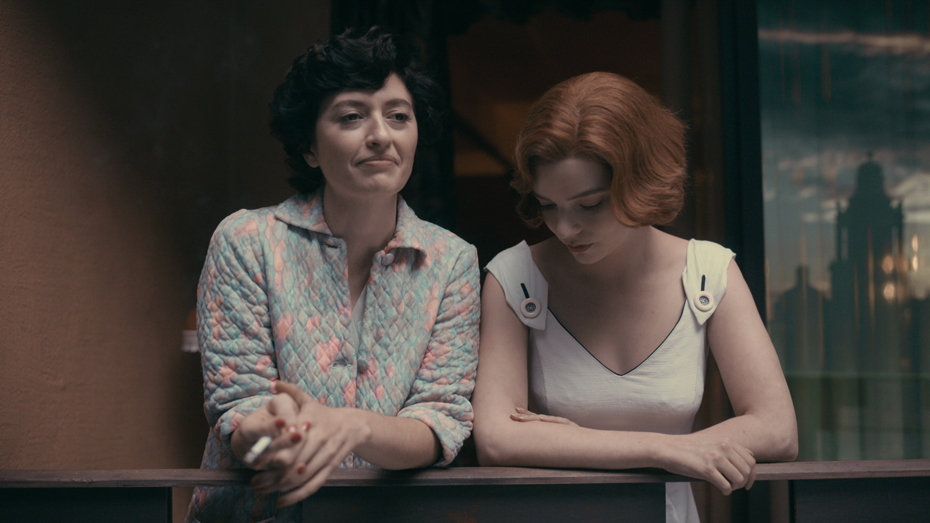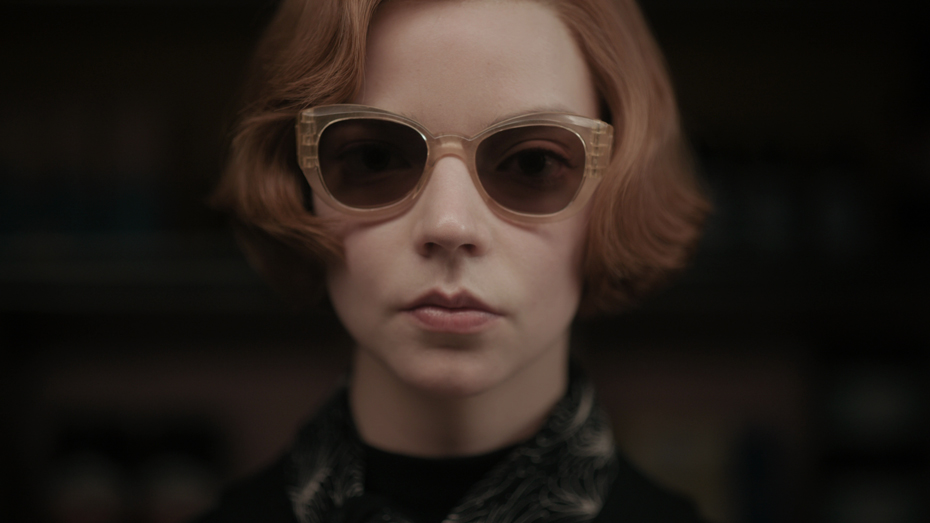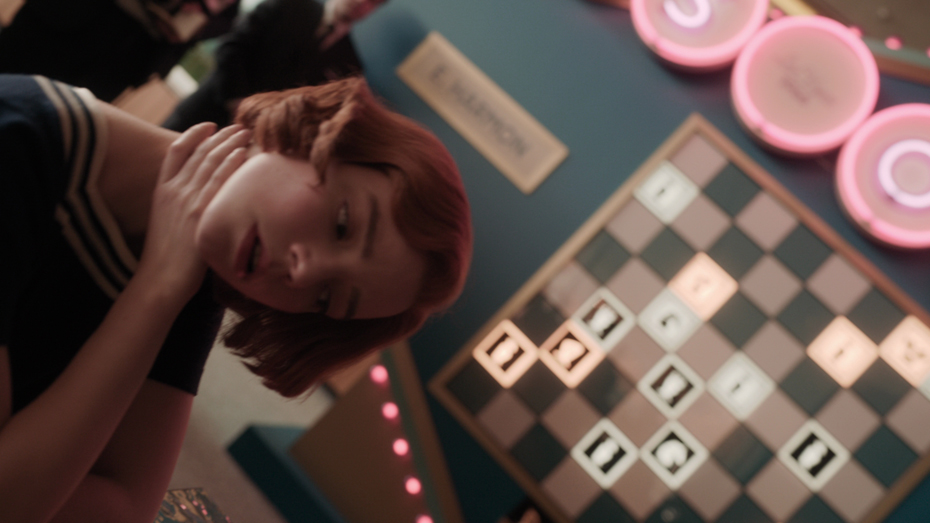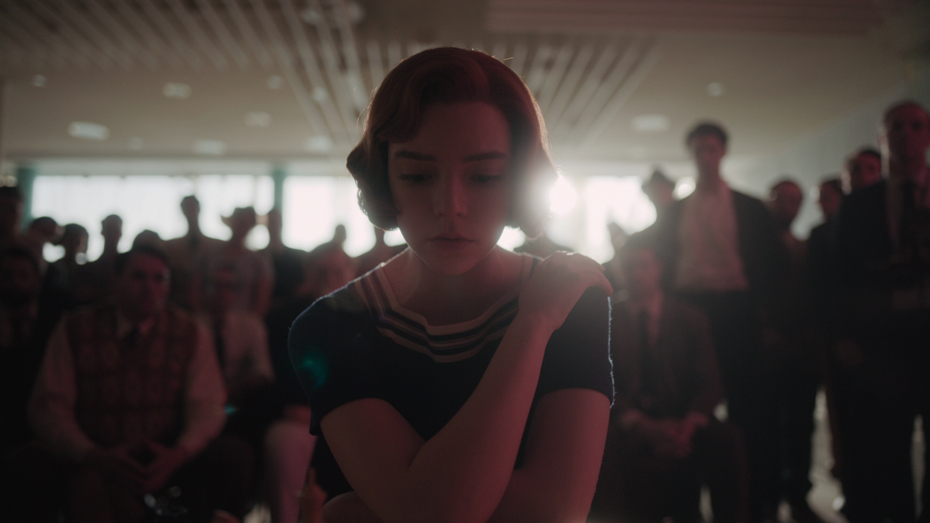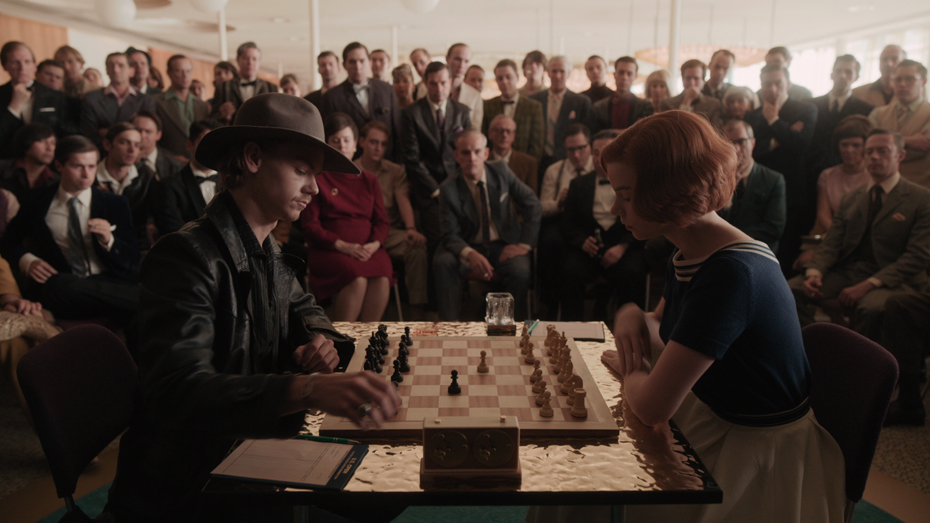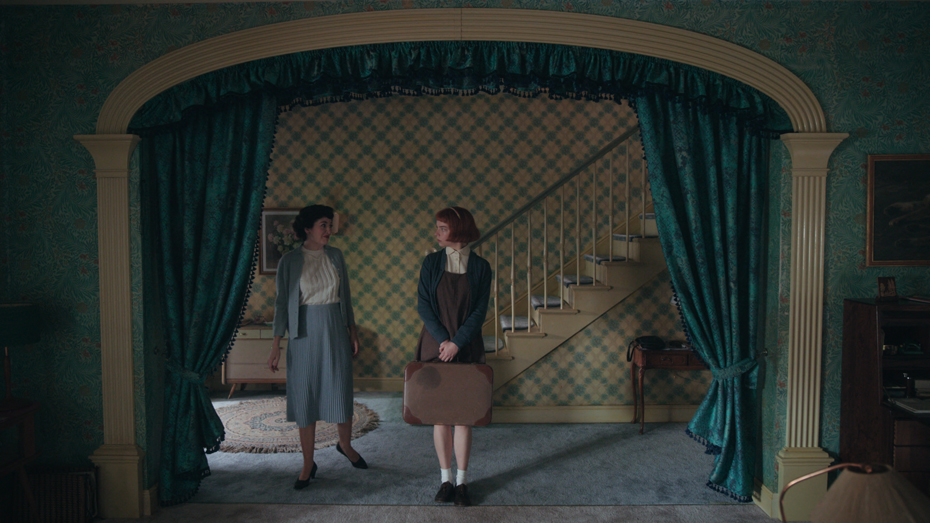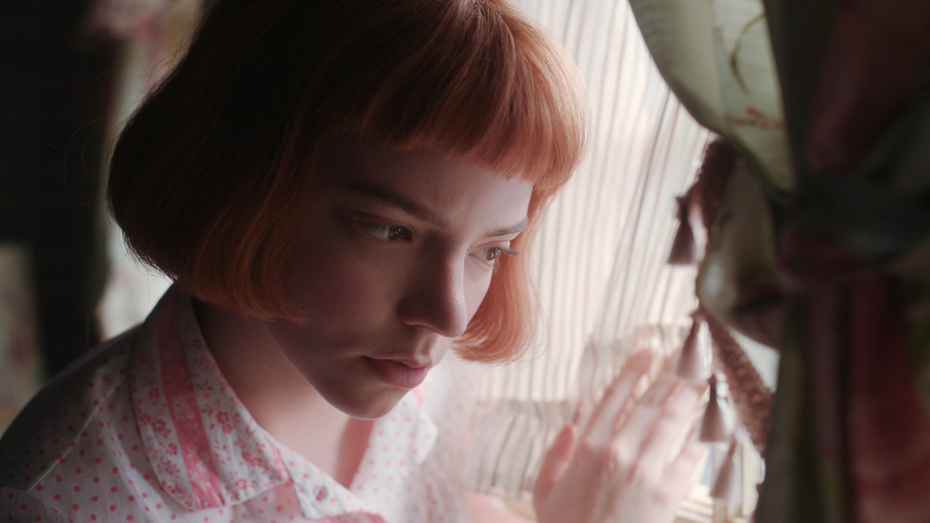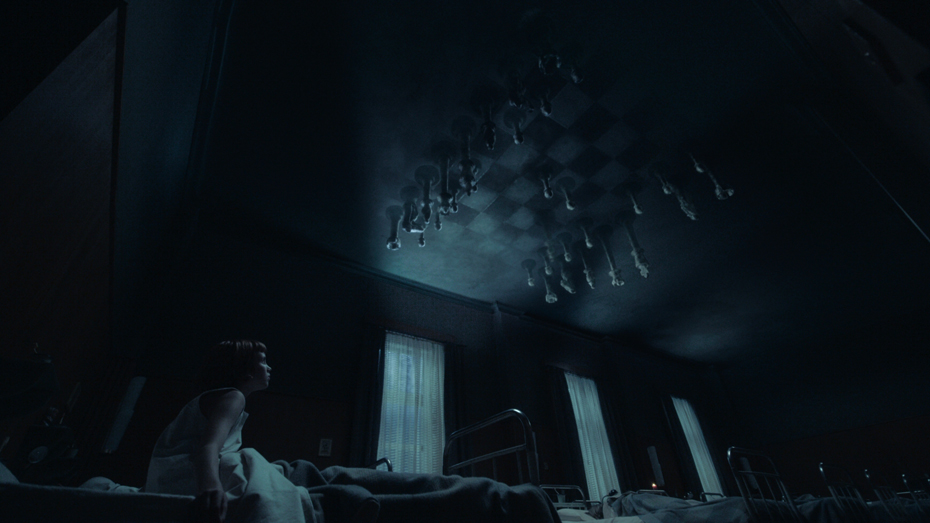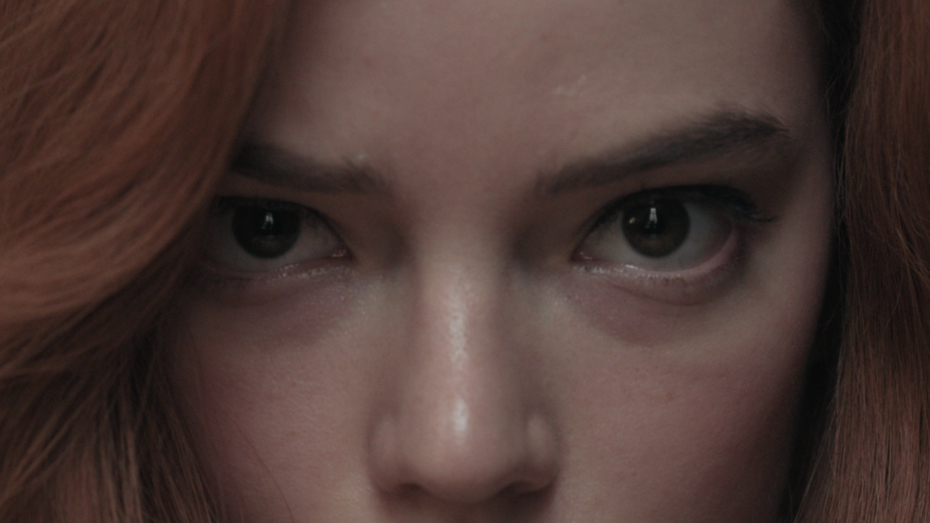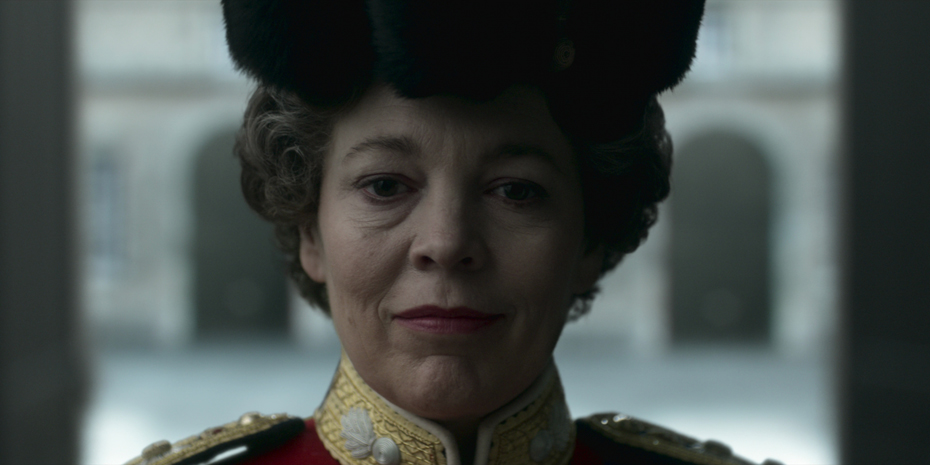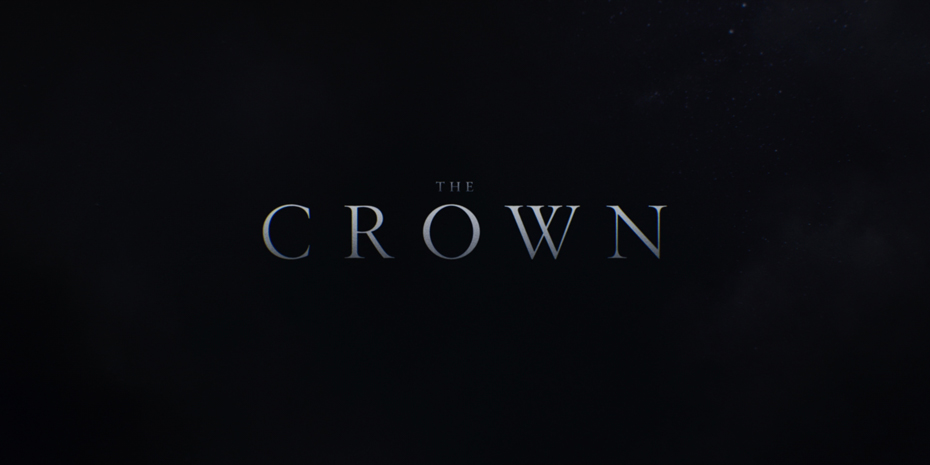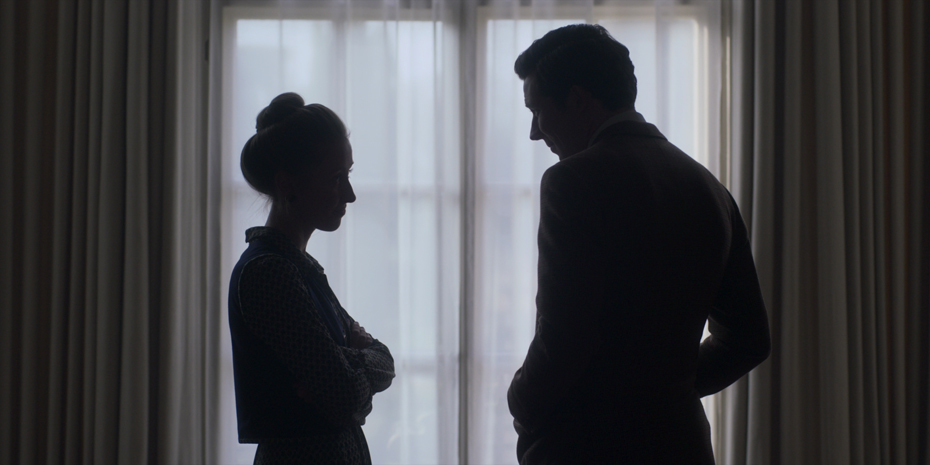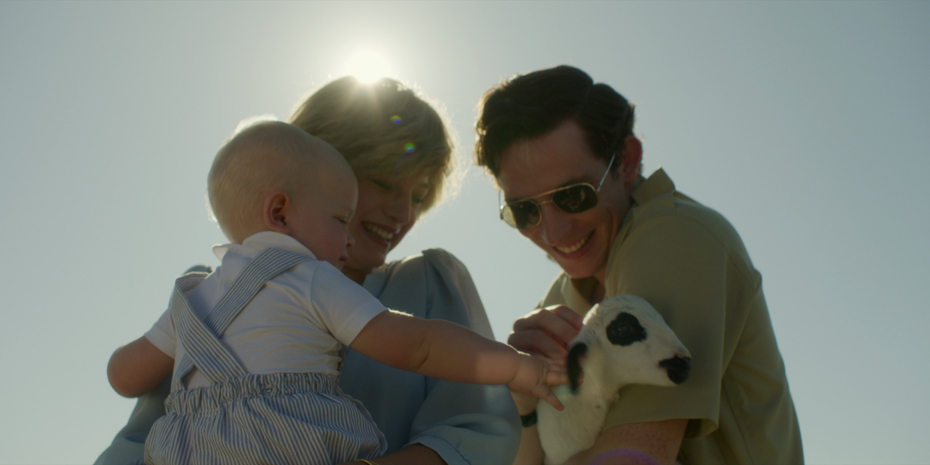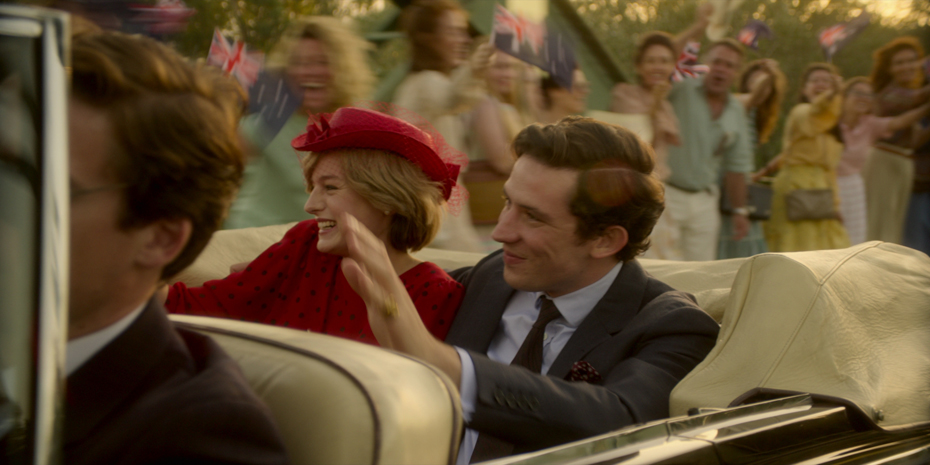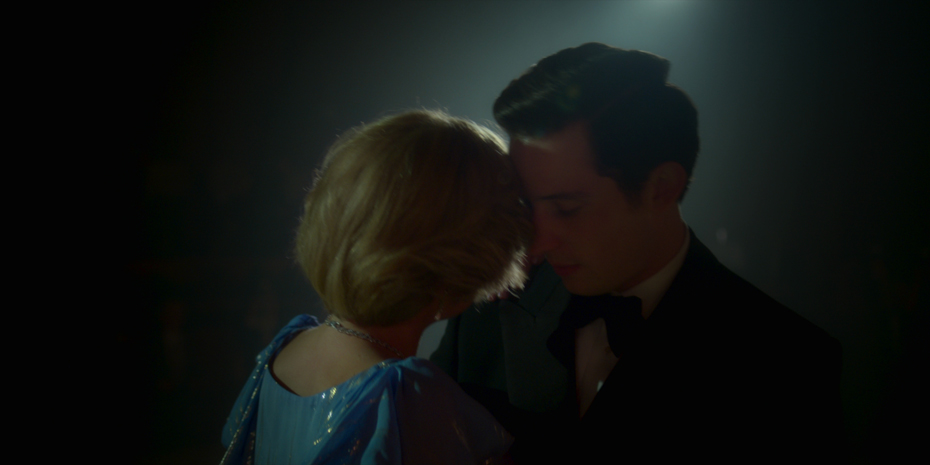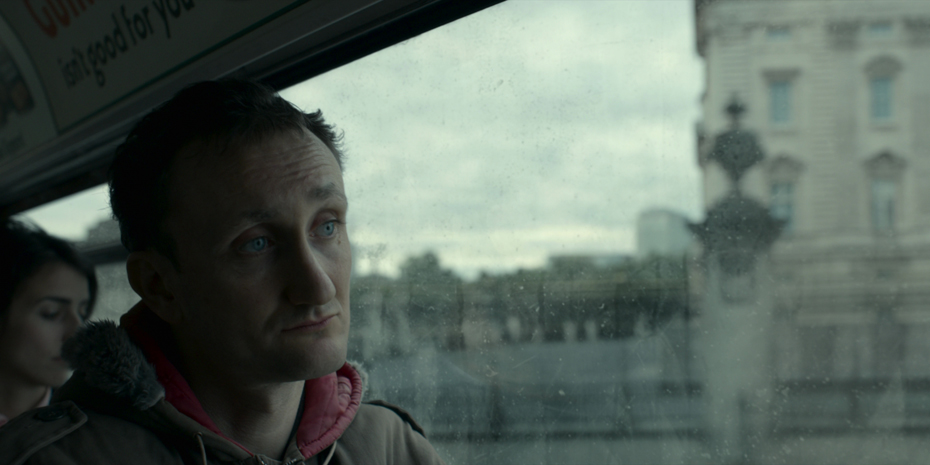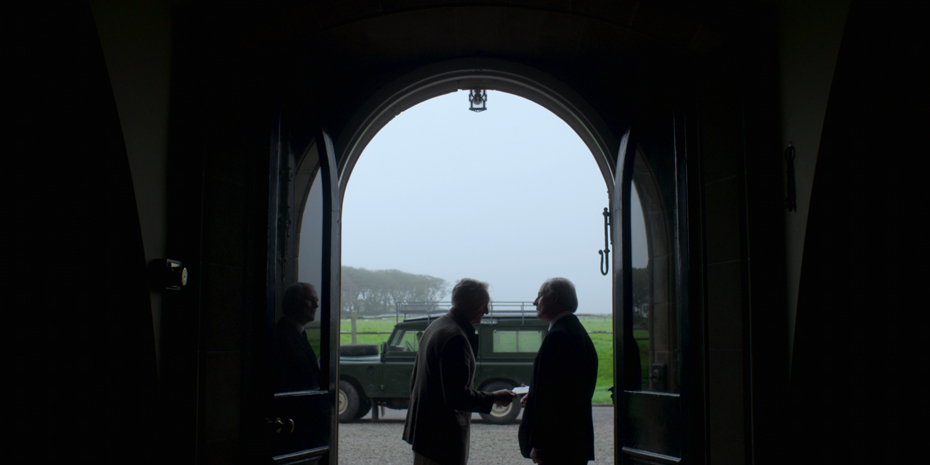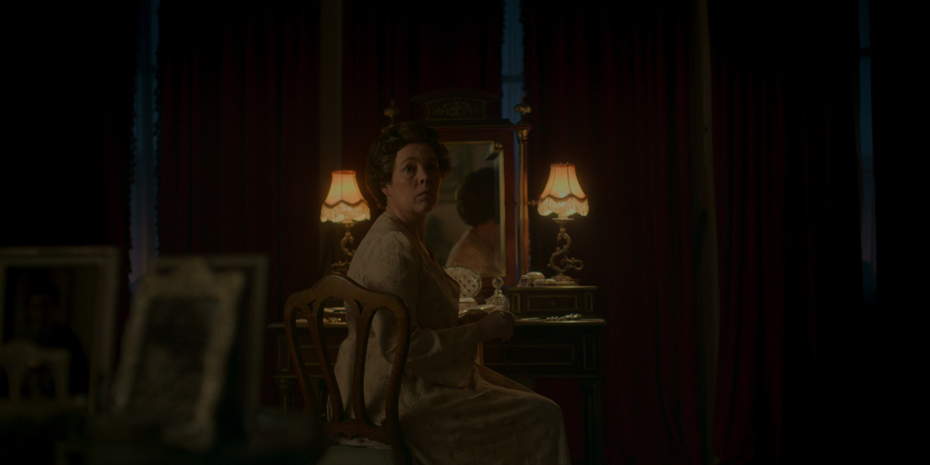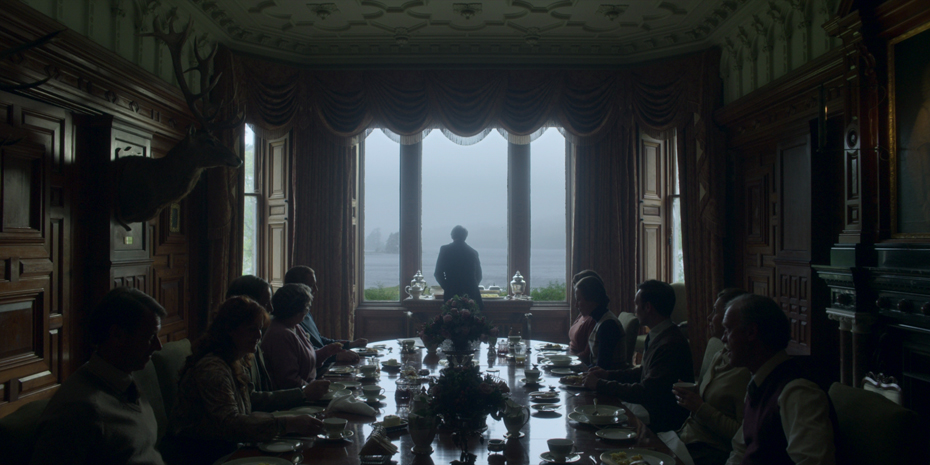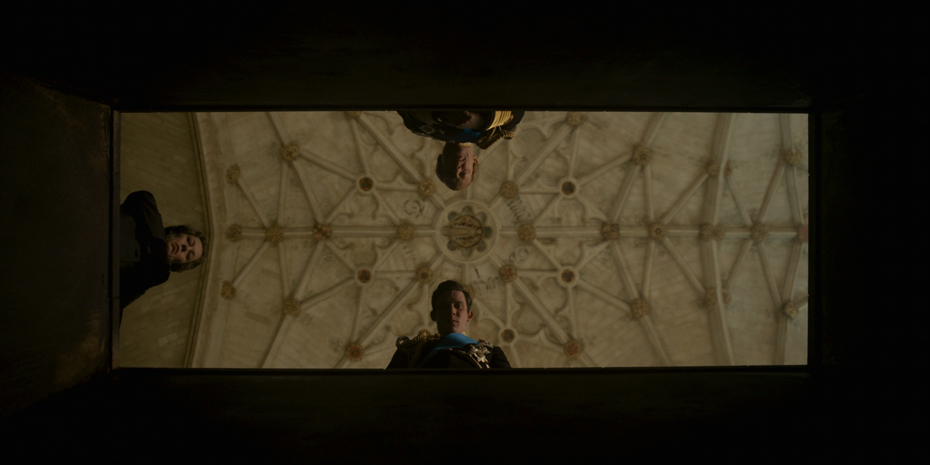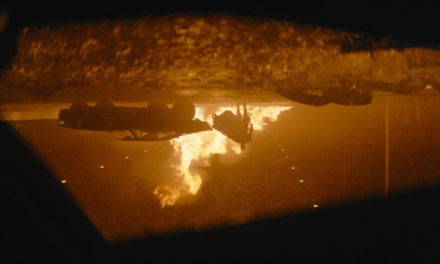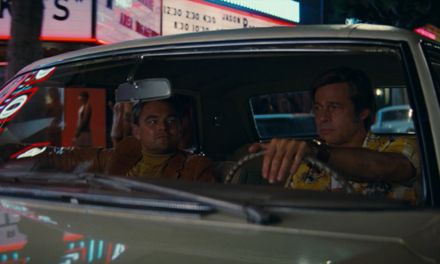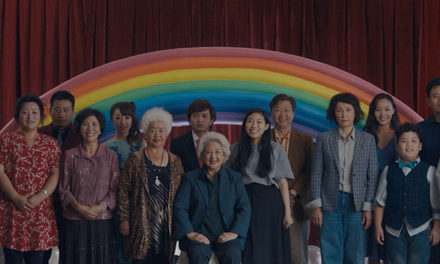THE TUESDAY DROP – 04/05
04.05.22 / New Shots
Hello ShotDeck team! This week we’re excited to be dropping over 2700 new shots from 15 titles, including Emmy-award winning seasons of The Queen’s Gambit and The Crown. Check out the new shots below!
WEST SIDE STORY (2021)
Steven Spielberg’s 2021 film WEST SIDE STORY is a remake of the 1961 film, and the second feature-length adaptation of the 1957 stage musical of the same name. The story follows the plot structure of Romeo and Juliet, set in 1957 New York City when a burgeoning romance between Tony (Ansel Elgort) and Maria (Rachel Zegler) comes under the cloud of the warring Jets and Sharks gangs. The film also stars Ariana DeBose, David Avarez, and Rita Moreno, and features music composed by Leonard Bernstein with lyrics by Stephen Sondheim, in a script written by Tony Kushner. Spielberg worked on the film with American costume designer Paul Tazewell. This was the pair’s first collaboration, and Spielberg approached Tazewell after seeing his work on the stage plays In the Heights and Hamilton.
Tazewell began his collaboration with Spielberg by creating a set of color rules (along with cinematographer Janusz Kamiński) that would help distinguish the Sharks and the Jets, all while keeping them grounded in the period in which the film’s events take place. Tazewell dressed the Jets in cool-toned colors, in clothes that were slightly worse for wear to reflect the tones of New York City around them, as well as their socioeconomic status at the time. For the Sharks, Tazewell included warmer colors, especially red, as a way of connecting them to their Puerto Rican roots. Tazewell also often had floral patterns included in the costuming of the Sharks as a reflection of their heritage and the tropical climate of Puerto Rico. In costuming Maria specifically, Tazewell worked with Spielberg to have her costumes tell a visual story that progressed with the narrative. Maria is dressed almost entirely in white until falling in love with Tony, at which point strong elements of red were introduced into her costuming to show her growth into womanhood by the end of the film.
ZOLA (2021)
ZOLA is a dark comedy biographical film co-written and directed by Janicza Bravo and co-written by Jeremy O. Harris, based on a 2015 viral Twitter thread posted by Aziah “Zola” King and a Rolling Stone article about it entitled “Zola Tells All: The Real Story Behind the Greatest Stripper Saga Ever Tweeted” by David Kushner. The film stars Taylour Paige as Zola, a waitress in Detroit who is seduced into a weekend of stripping in Florida to make quick money – until it turns into a 48 hour saga where she gets way in over her head because of her duplicitous new friend (played by Riley Keough). The film also stars Colman Domingo, Nicholas Braun and Ari’el Stachel. Zola premiered at the 2020 Sundance Film Festival, and was released the following year. Bravo worked on the film with Australian cinematographer Ari Wegner, who would go on to shoot The Power of the Dog the following year.
Wegner and Bravo decided to shoot Zola on Kodak 16mm film (250D for day exteriors, 500T for low-light scenes) using the Arri 416 camera, aiming to capture the period nature of the film, the documentary realism aspect of telling a biographical story, as well as the heightened color rendition of 16mm film. They shot for 29 days entirely on location, and using Hieronymus Bosch’s famous triptych The Garden of Earthly Delights as a core visual reference. They wanted to take the audience on a journey from something calm, soft and pastel into a place of darkness, deep contrast and swampy claustrophobia, both in the camera work and the lighting approach. Wegner and gaffer Chris Hill lit day interiors using HMIs to extend natural light sources, and for colored light used SkyPanels and Astera tubes controlled by an iPad on DMX. The Astera tubes allowed Wegner to light car interior scenes very precisely, and the flexibility of controlling colors and intensity remotely allowed her and Hill to plan the film’s color progression from something natural and harmonious to something intensely saturated and discordant by the time the film reached its chaotic conclusion.
ANNETTE (2021)
Leos Carax’s sixth feature film ANNETTE is his English-language debut, a rock opera that follows a stand-up comedian (played by Adam Driver) and an opera singer (played by Marion Cotillard) whose lives are changed when they have their first child. The film also stars Simon Helberg and Devyn McDowell, and premiered at the 2021 Cannes Film Festival. Carax worked on the film with French cinematographer Caroline Champetier, who he had previously collaborated with on his 2012 film Holy Motors.
Carax and Campetier decided to shoot the film using four cameras – two Sony Venices and two Sony a7 IIIs, which were both paired with Zeiss Supreme lenses. They wanted to create a look for the film that made it feel more expensive than it actually was to make – giving it a filmic feel with a visual language that felt controlled. Campetier wanted to shoot with light cameras and felt the Sony cameras offered the best color sampling, while also allowing them to shoot in low light, which happened throughout the film. The crew also often shot day-for-night digitally, framing the sun out as much as possible even in sweeping moves to achieve this look with minimal mattes needed in the DI. Campetier also pushed for a more expressionist approach in the lighting and colors of the film, shooting it almost in the style of a silent color film, and largely ignoring the rules that being a musical may have imposed on her approach. While the actors were given earpieces to hear music as they sung live on set, there was no other playback, allowing the visual language of the film to be developed independently of the music that runs through it.
GODZILLA VS. KONG (2021)
GODZILLA VS. KONG is a 2021 monster action film directed by Adam Wingard, and is the 36th Godzilla film and 12th King Kong film. Godzilla vs. Kong is the sequel to 2017’s Kong: Skull Island and 2019’s Godzilla: King of the Monsters. The film stars Alexander Skarsgård, Mille Bobby Brown, Rebecca Hall, Brian Tyree Henry, and Kyle Chandler. The movie follows Kong’s clash with Godzilla as humans lure Kong into the Hollow Earth to retrieve a power source for a weapon to stop Gozilla’s rampages around the world. Wingard worked on the film with VFX supervisor John “DJ” Des Jardin, who was known for his work on projects such as Batman v Superman: Dawn of Justice and Man of Steel.
Des Jardin divided the extensive visual effects work for the film across Scanline VFX, MPC Film, Weta Digital, Luma Pictures and several other VFX firms. One of the major VFX challenges of the film was to create a Kong that met the timeline of the film, 50 years after the events of Skull Island. Weta and MPC shared the task of building a Kong asset that would both show Kong to have aged and grown much bigger than the character seen in the previous film. To accomplish this task, a team of artists started by studying gorillas at the Los Angeles Zoo, gathering photo and video references to study how their features and muscular structure changes as they grow older. This became a central reference to then anthropomorphizing Kong, imbuing him with the characteristics of an older gorilla while giving him enough facial mechanics in VFX to allow the audience to read his emotions over the course of the film. With almost 6.5 million individual hairs to simulate in every single shot Kong was featured in, the team broke the render down into 10 smaller sections and relied on the viewpoint render features in Maya Viewport 2.0 to see how rendered fur would approximately look, without having to actually go through render tests and slow their workflow down too much. The final battle sequence in Hong Kong was created almost entirely digitally, with the Scanline team reconstructing Hong Kong in VFX with drone and helicopter footage of the city from aerial DP David Nowell as a reference.
THE QUEEN’S GAMBIT is a coming-of-age period drama miniseries created by Scott Frank and Alan Scott, based on the 1983 novel of the same name by Walter Tevis. Set in the 1950s and 60s, the miniseries follows the life of Beth Harmon (played by Anya Taylor-Joy), a fictional chess prodigy who makes her rise through the chess world while battling drug and alcohol dependence. The Queen’s Gambit appeared on Netflix in 2020, and also stars Bill Camp, Moses Ingram, Harry Melling and Marielle Heller. The production design for the miniseries was helmed by German production designer Uli Hanisch. Hanisch was best known at the time for his work on projects such as Perfume: The Story of a Murderer, and Cloud Atlas.
Hanisch began his work on The Queen’s Gambit collaborating closely with Frank and Scott, as well as Director of Photography Steven Meizler to develop the core visual language for the miniseries. They decided that while the design would be fundamentally grounded in the period and geography of its setting, that the priority was for the look of the story to be based in Beth’s subjectivity, especially given how her substance abuse issues would often place her in a kind of dream state. Meizler’s desire to give the miniseries a strong sense of melancholy in its visual mood allowed Hanisch to push the envelope even further in the design of spaces such as the chess halls and hotels. One of the major challenges that Hanisch faced was to both make chess look visually interesting, while also giving a sense of scale and progression to the tournaments that Beth plays in. Hanisch relied on color to help connect the audience to Beth’s internal state, as well as to each city that she was in and the physical journey she goes on through the miniseries, with blue in the Wheatley house as the centerpiece. By mapping this progression clearly, Hanisch was able to add drama to the chess tournaments in a way that elevated the story beyond being about chess itself, and instead bringing the audience into the core story of Beth’s journey.
THE CROWN is a television series created by Peter Morgan based on his 2006 film The Queen and the 2013 stage play The Audience, and is a historical drama about the life and reign of Queen Elizabeth II of England. Season 4 of The Crown stars Olivia Colman as Queen Elizabeth II, and covers the period between 1979 and 1990, during which time Margaret Thatcher became Prime Minister of England, and Prince Charles first met Lady Diana Spencer. The season also stars Tobias Menzies, Helena Bonham Carter, Gillian Anderson, Emma Corrin and Stephen Boxer. The Crown s4 was shot by Brazilian cinematographer Adriano Goldman, who had shot the previous three seasons, and was best known for his work on films such as Jane Eyre and August: Osage County.
Goldman shot The Crown s4 using the Sony Venice, using Zeiss Super Speeds. The previous season had been shot with the Sony F55 (s1 and s2 with Cooke Panchro lenses, and s3 with Zeiss Super Speeds). While the team couldn’t afford to move to the Venice in s3, the change of lenses corresponded with the change in periods and cast that the show went through between s2 and s3. Goldman had 4 cameras operating throughout the production, but the show was shot mainly with 2 cameras at a time. Goldman’s philosophy was that the A camera was the one telling the story, while the B camera would offer a different angle, an insert, or a reaction shot. The third camera is pre-rigged for steadicam or crane work, while the fourth camera was kept on set as insurance. All the while, Goldman and the show’s creators were adamant that the series should feel like a single-camera shoot at all times. Narratively, one of the most important elements of the season was the introduction of Diana Spencer into the royal family. Goldman and director Benjamin Caron wanted to capitalize on visual elements of the princess fairytale story and upend them to show how Diana’s introduction into this world quickly traps her. Strong lighting choices and production design elements such as the grand spiral staircase begin as elements of wonder and evolve to become means of trapping Diana, showing the audience how she’s being swallowed alive in this world.


